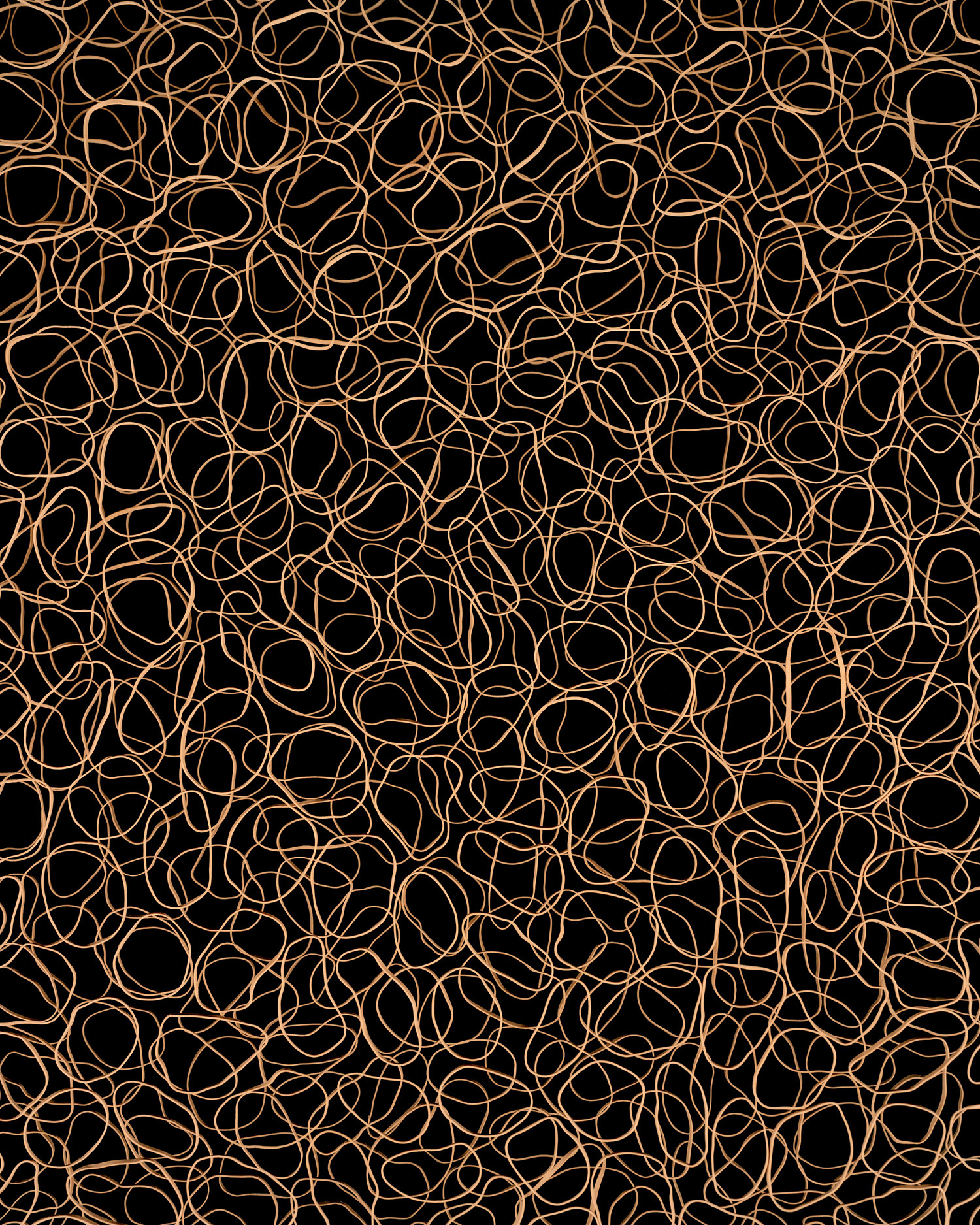
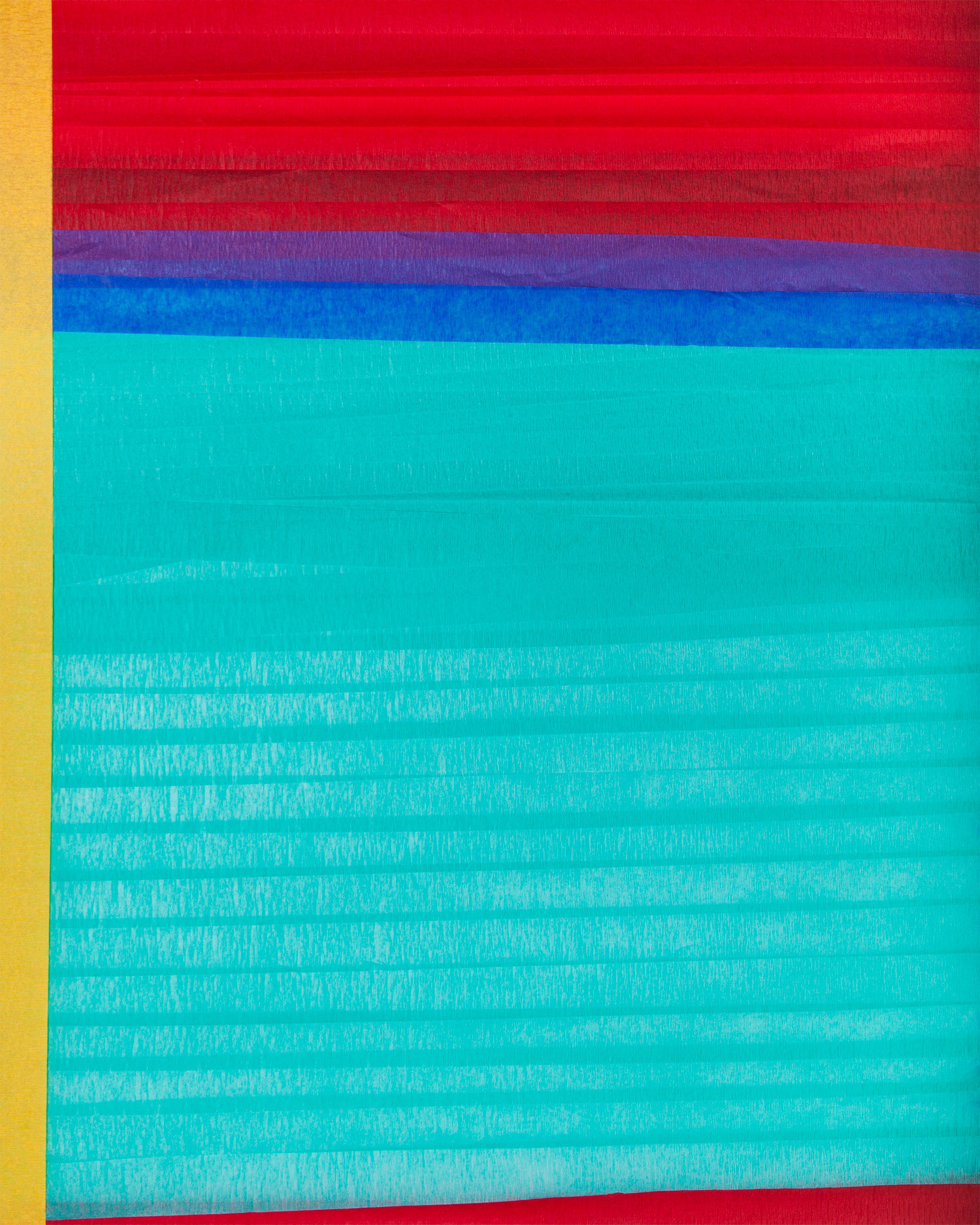
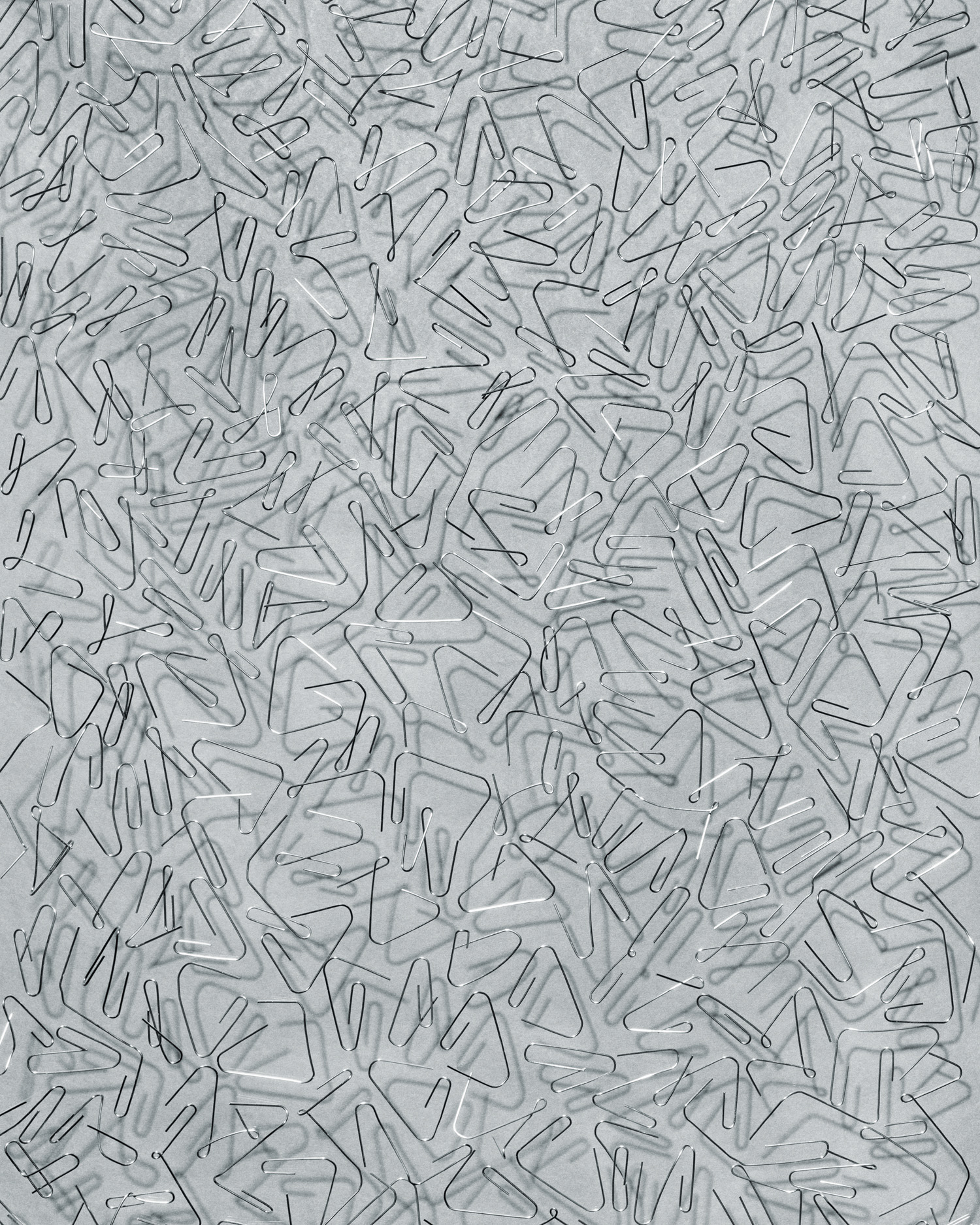
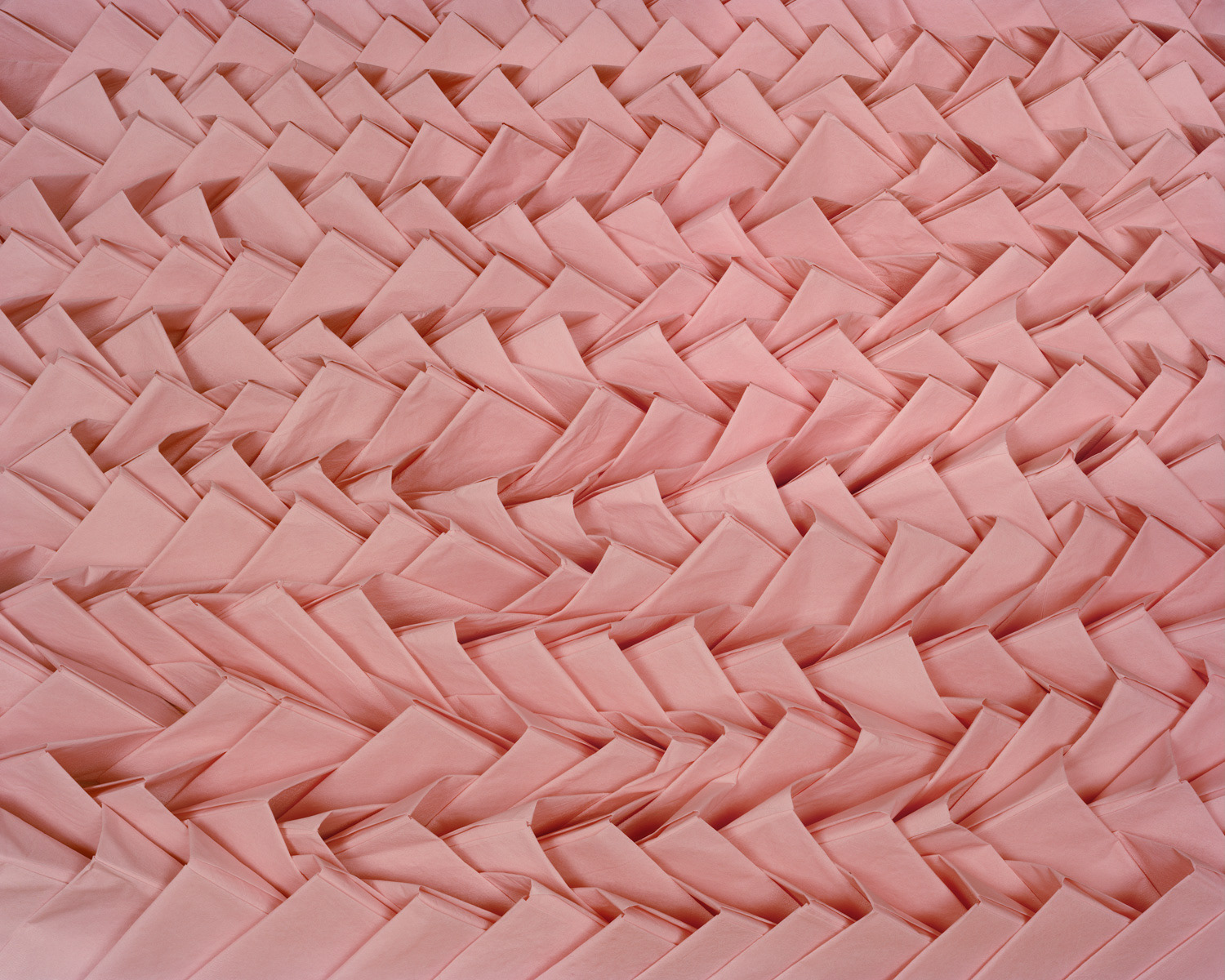
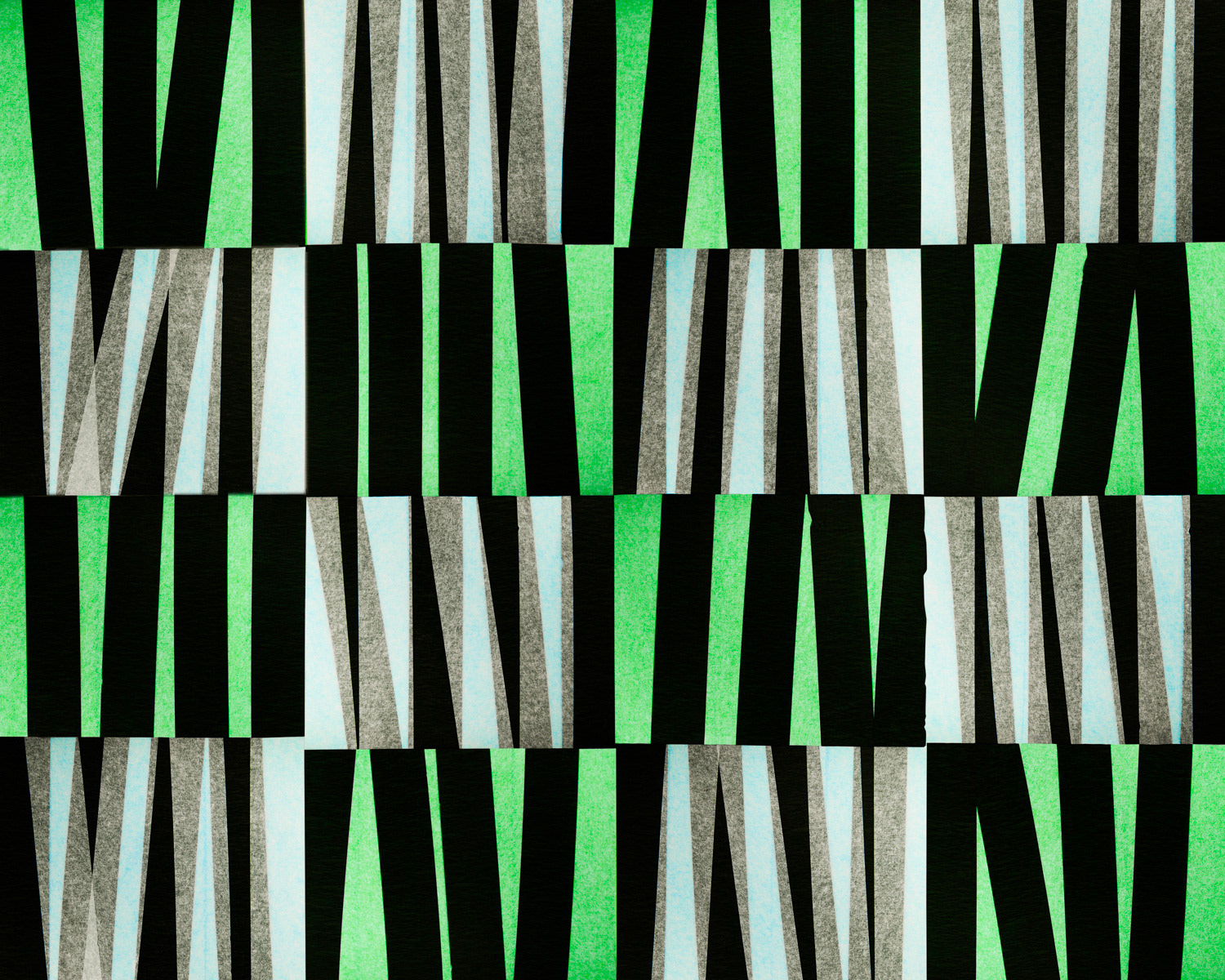
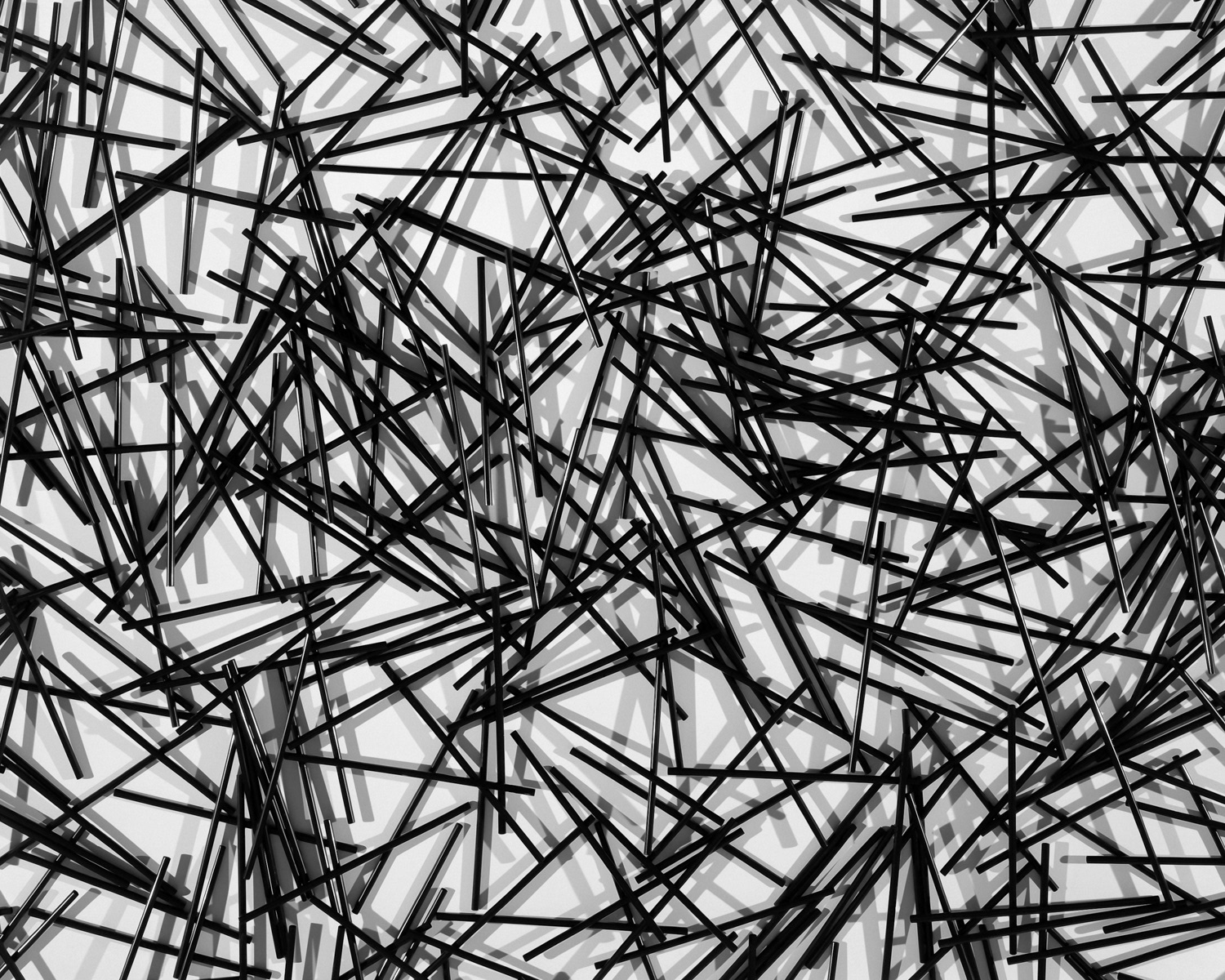
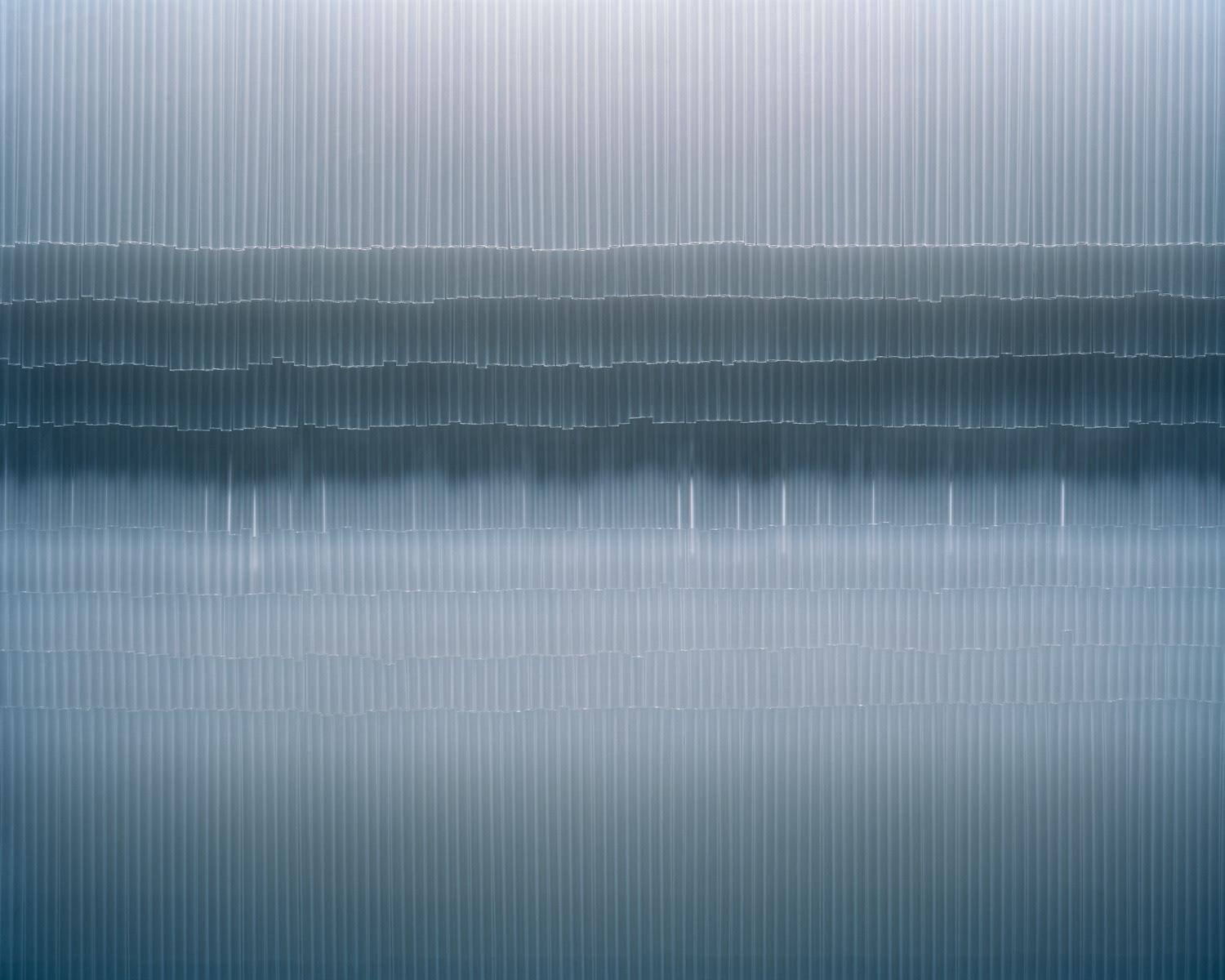
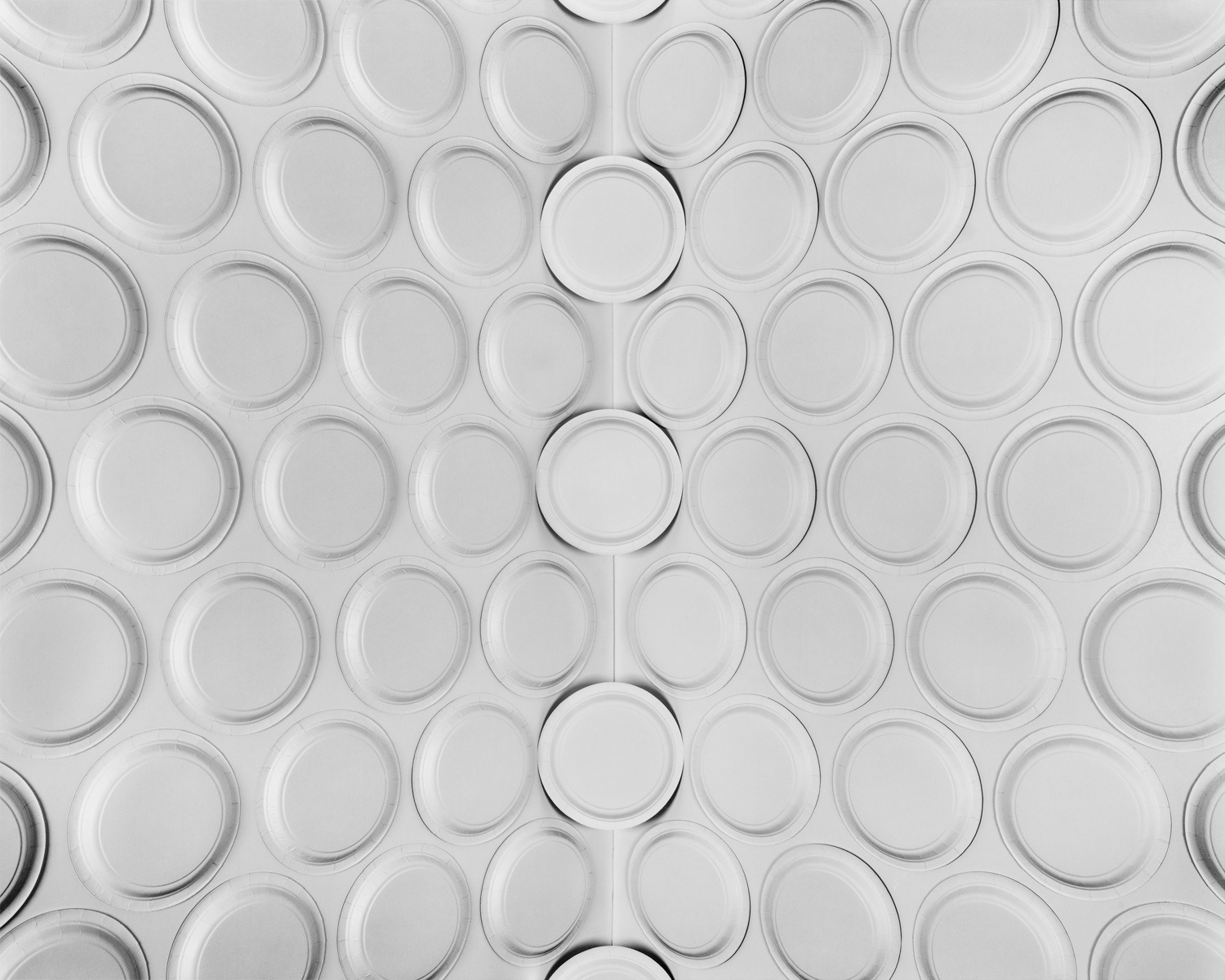
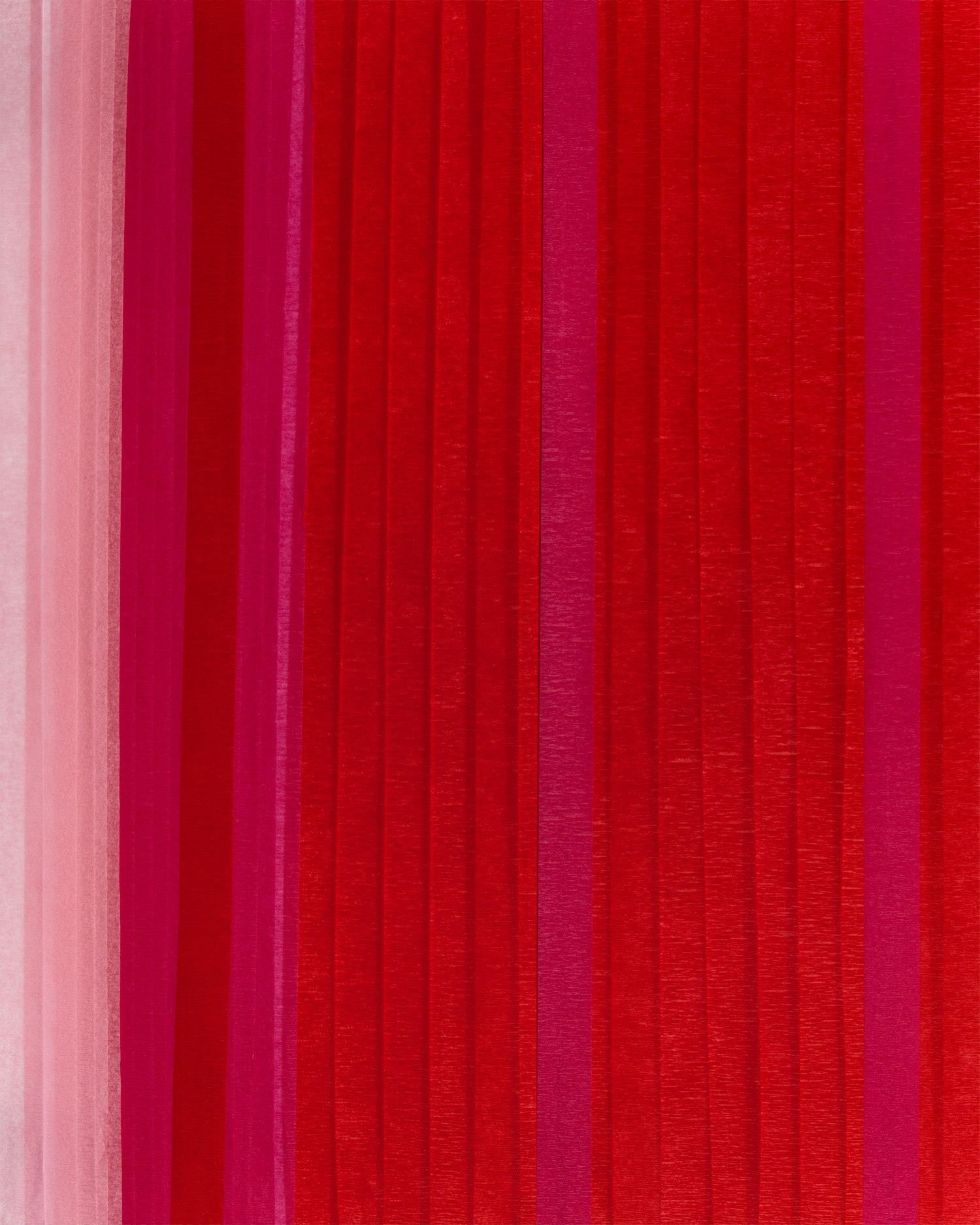
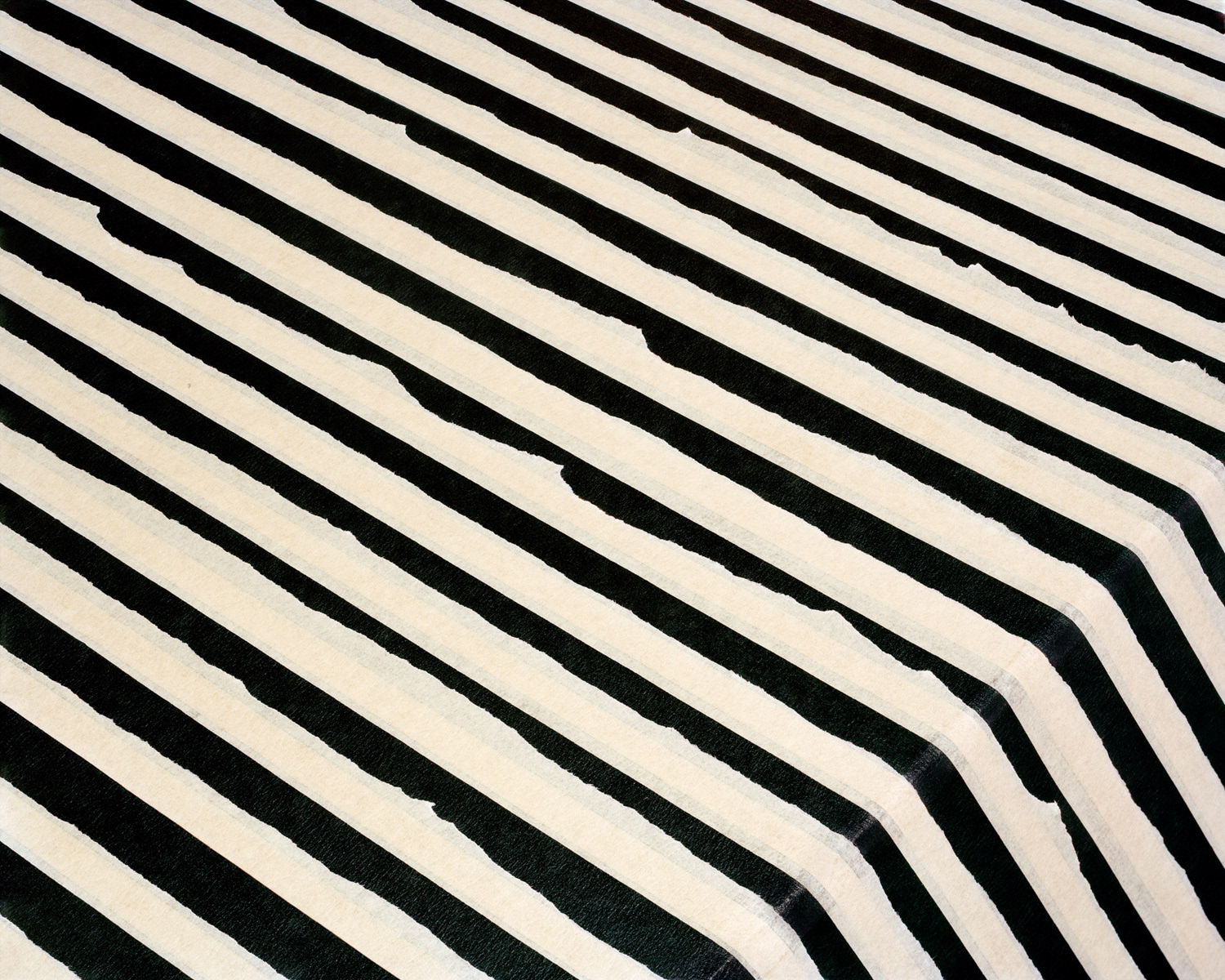
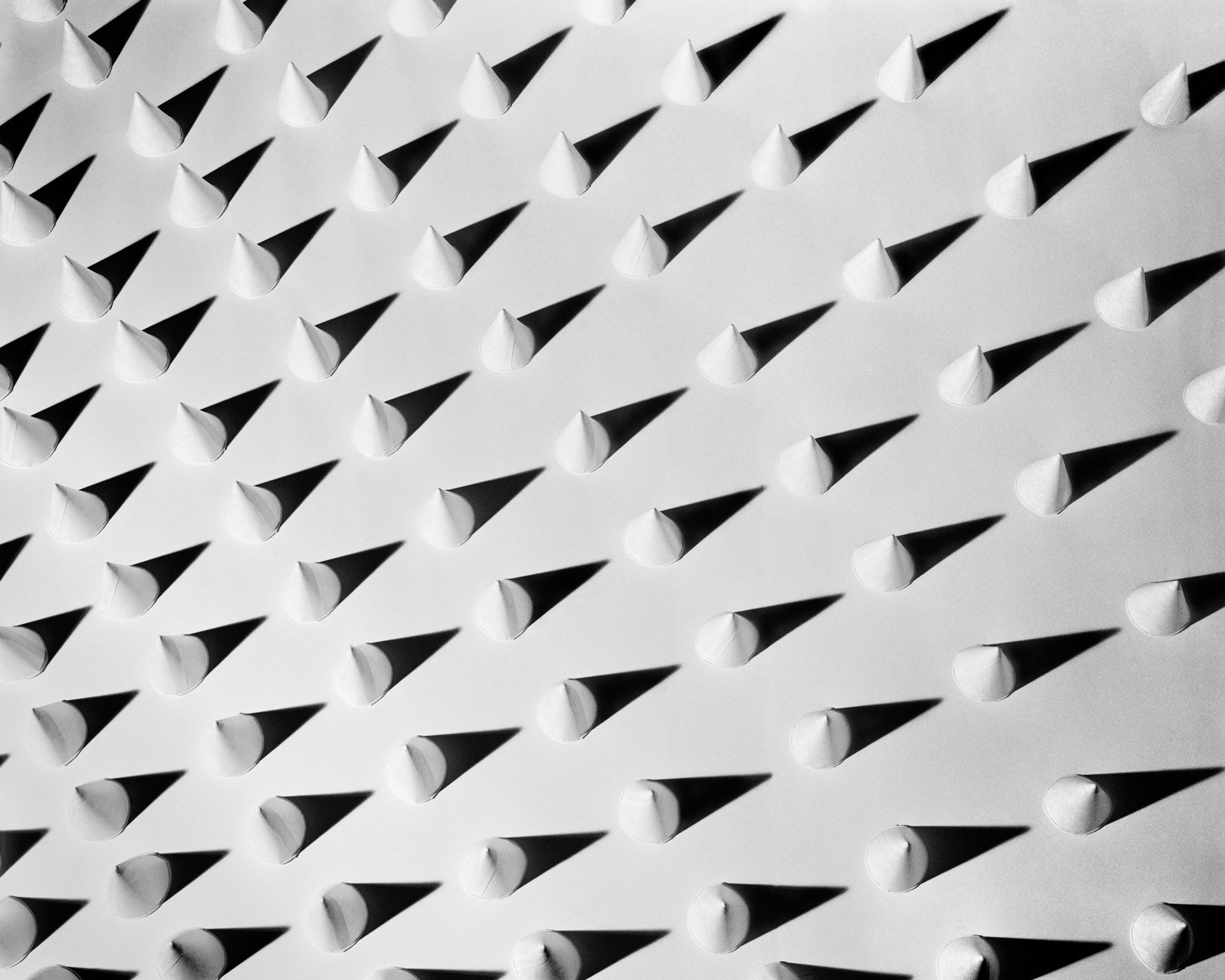
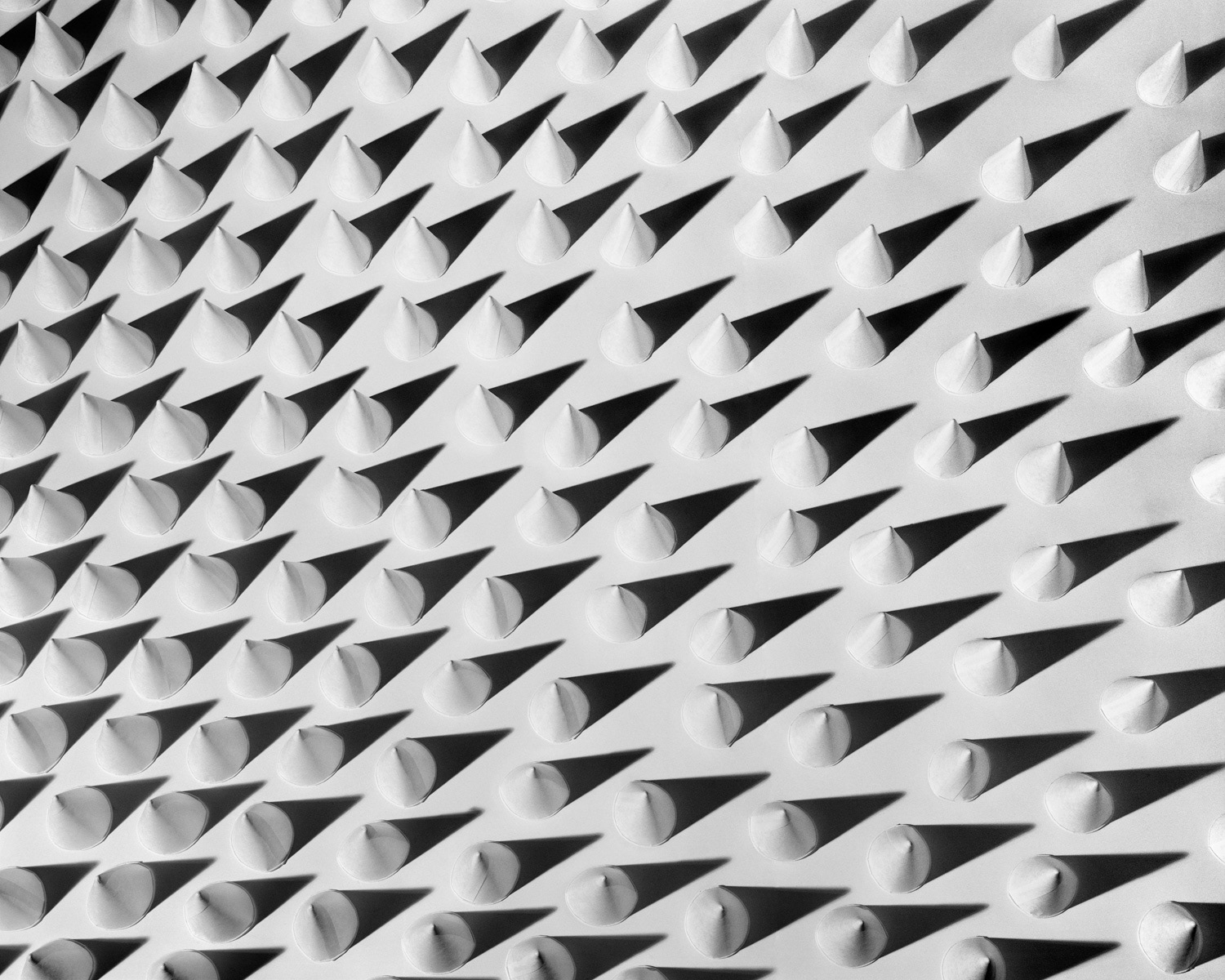

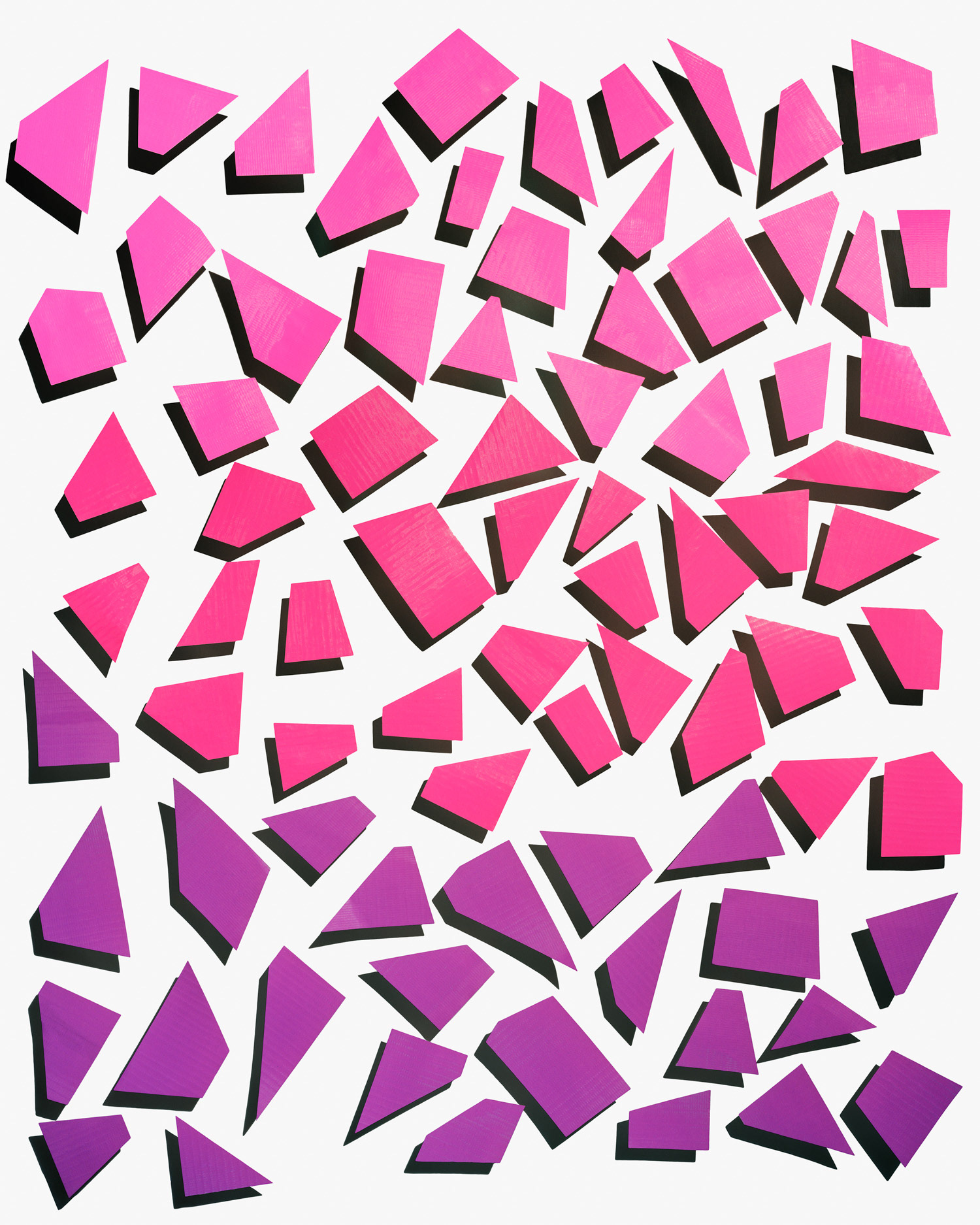
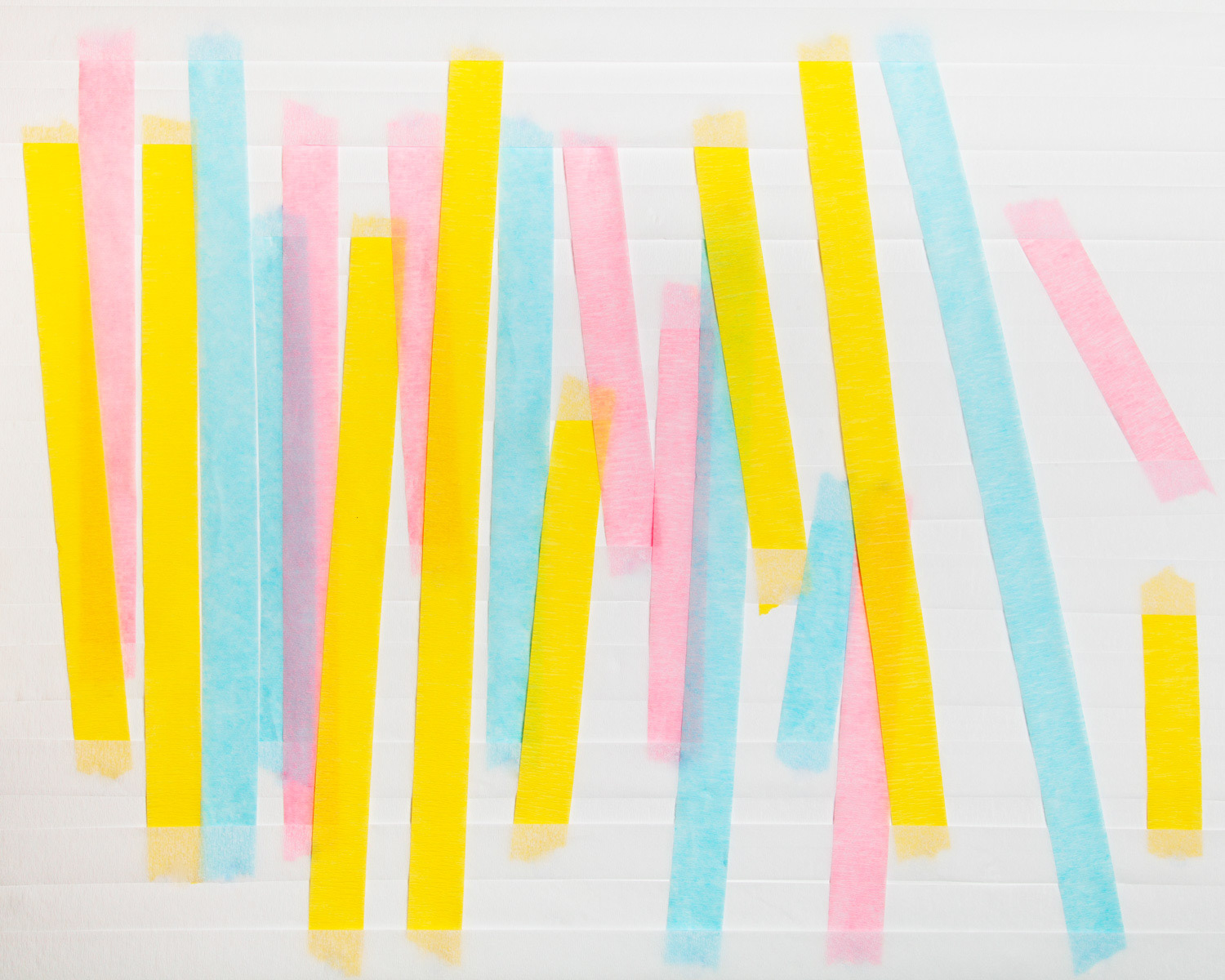
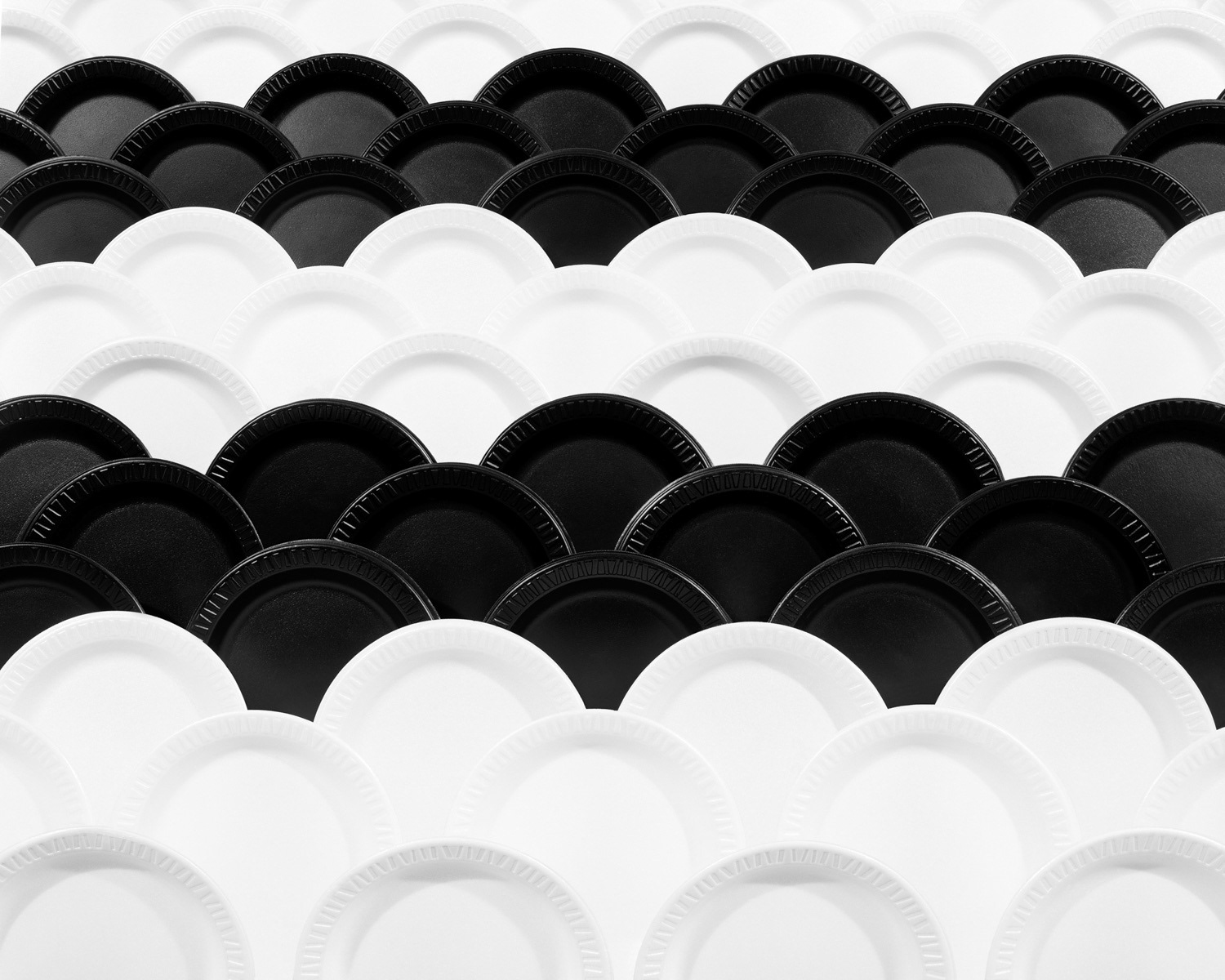
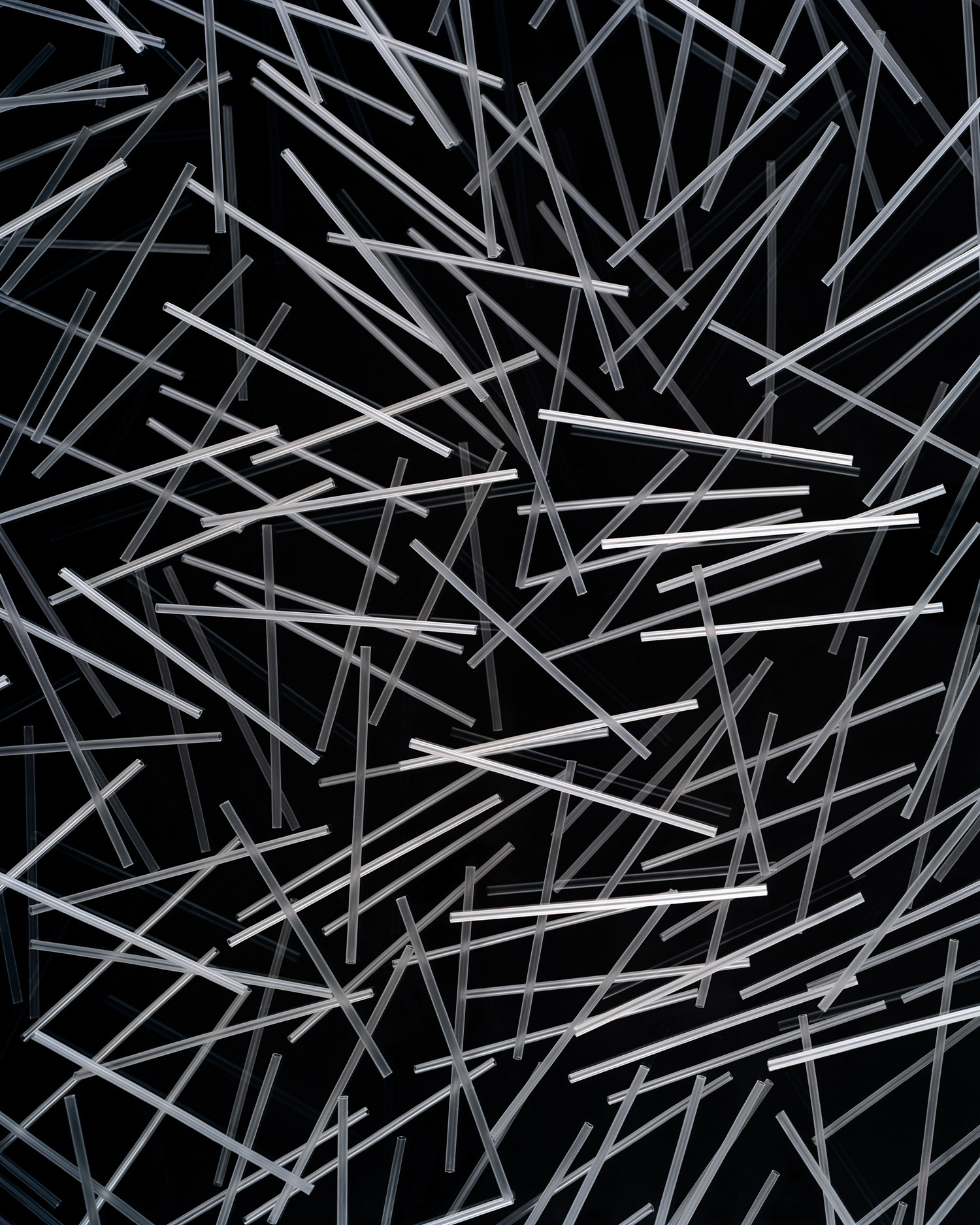
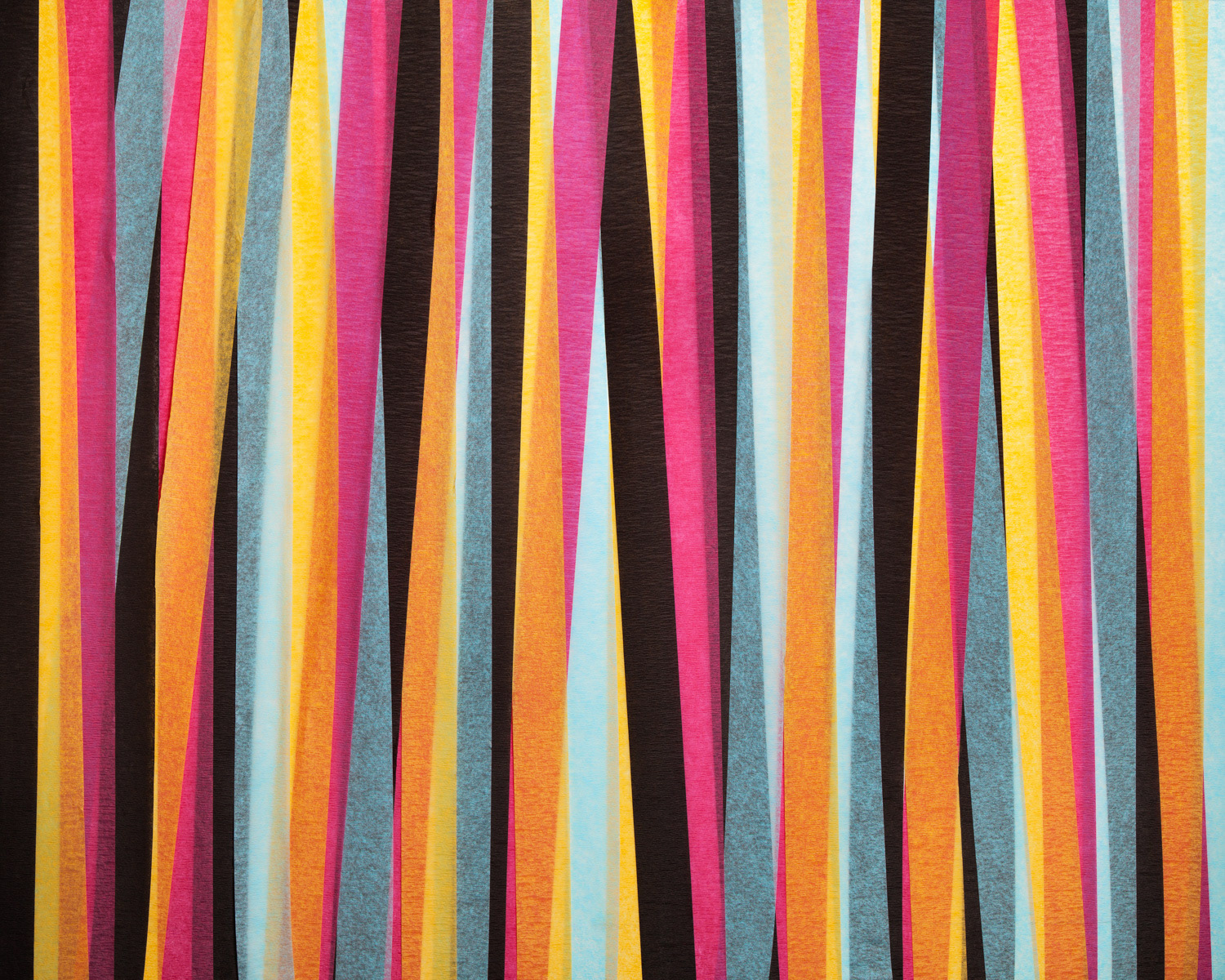
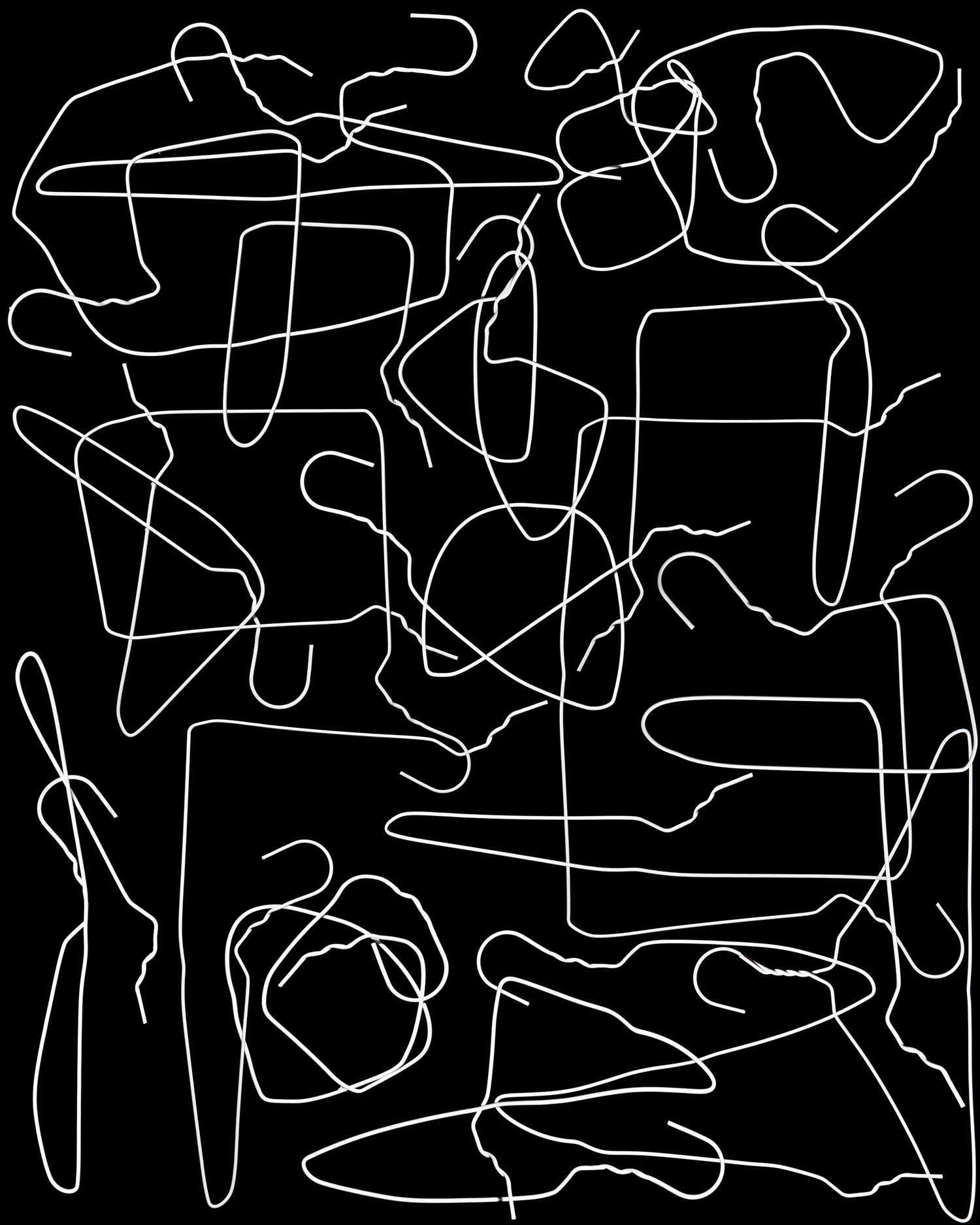
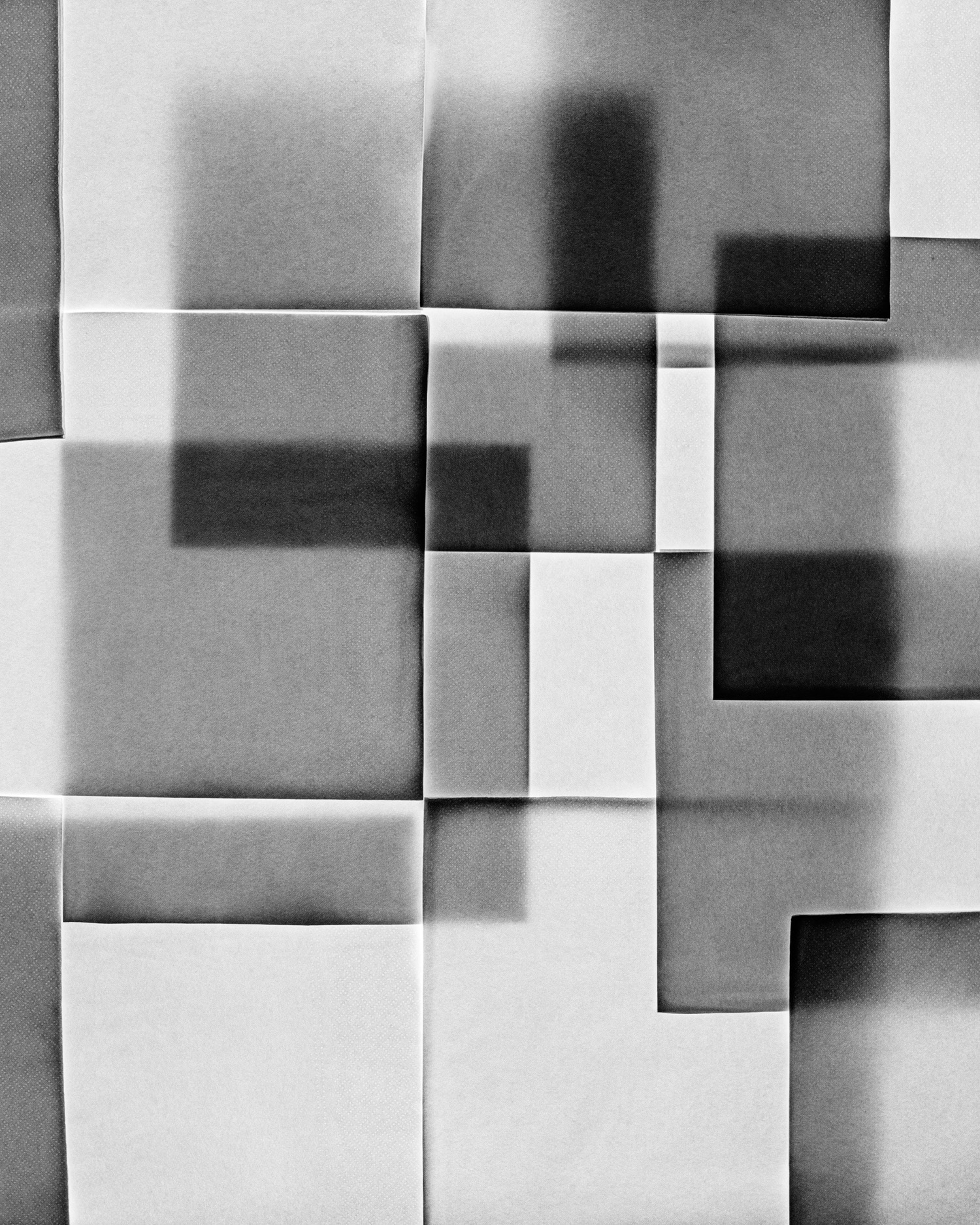
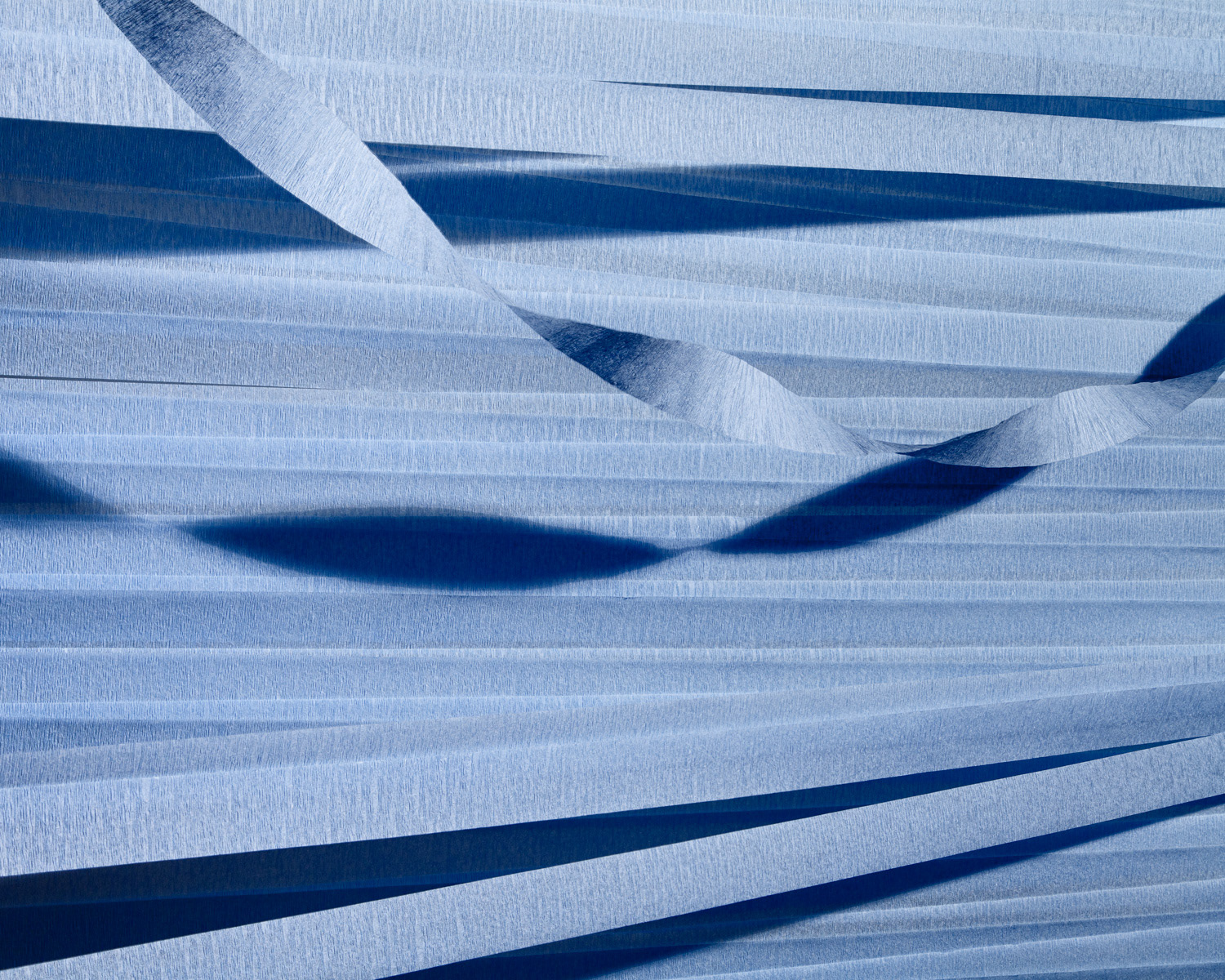
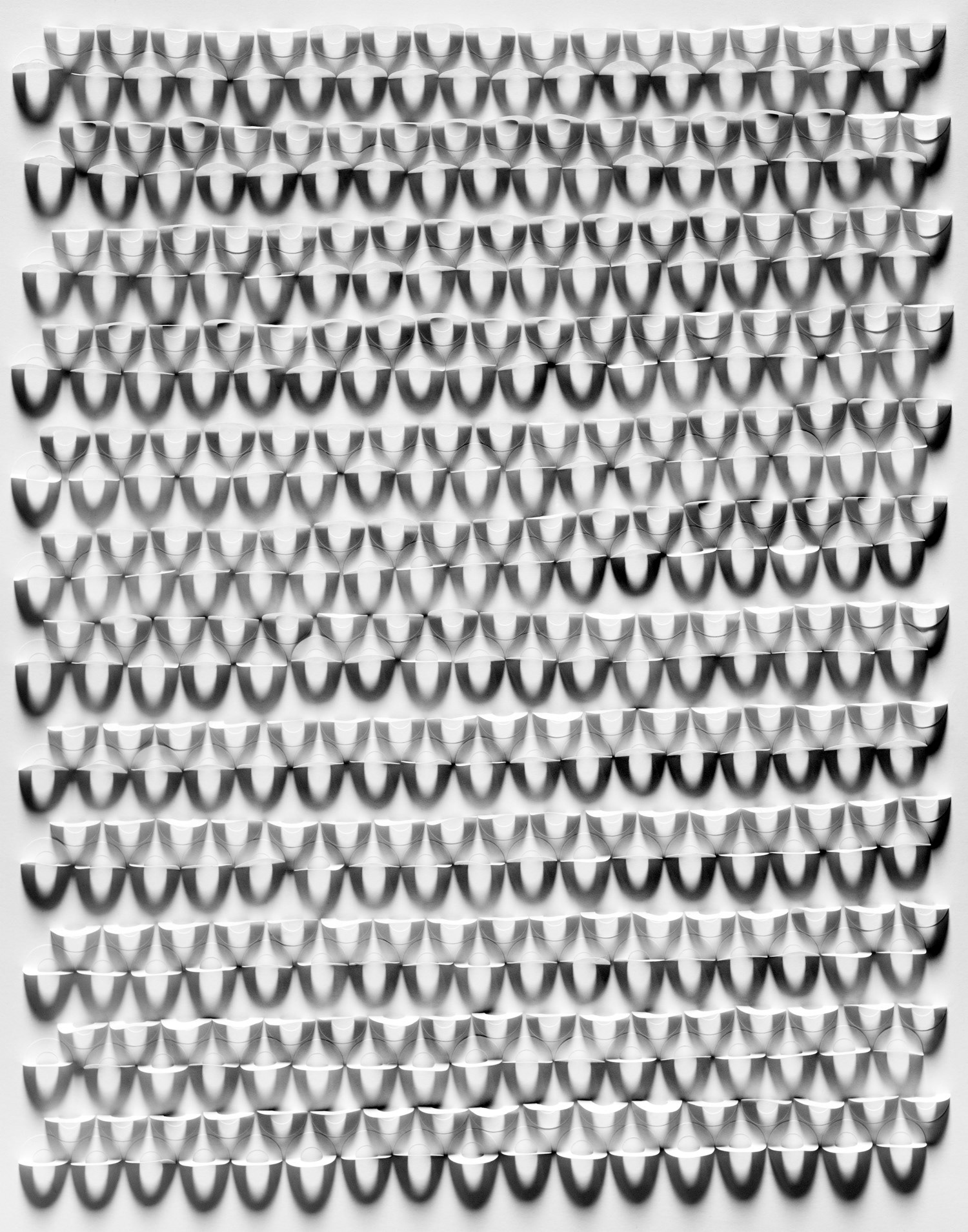
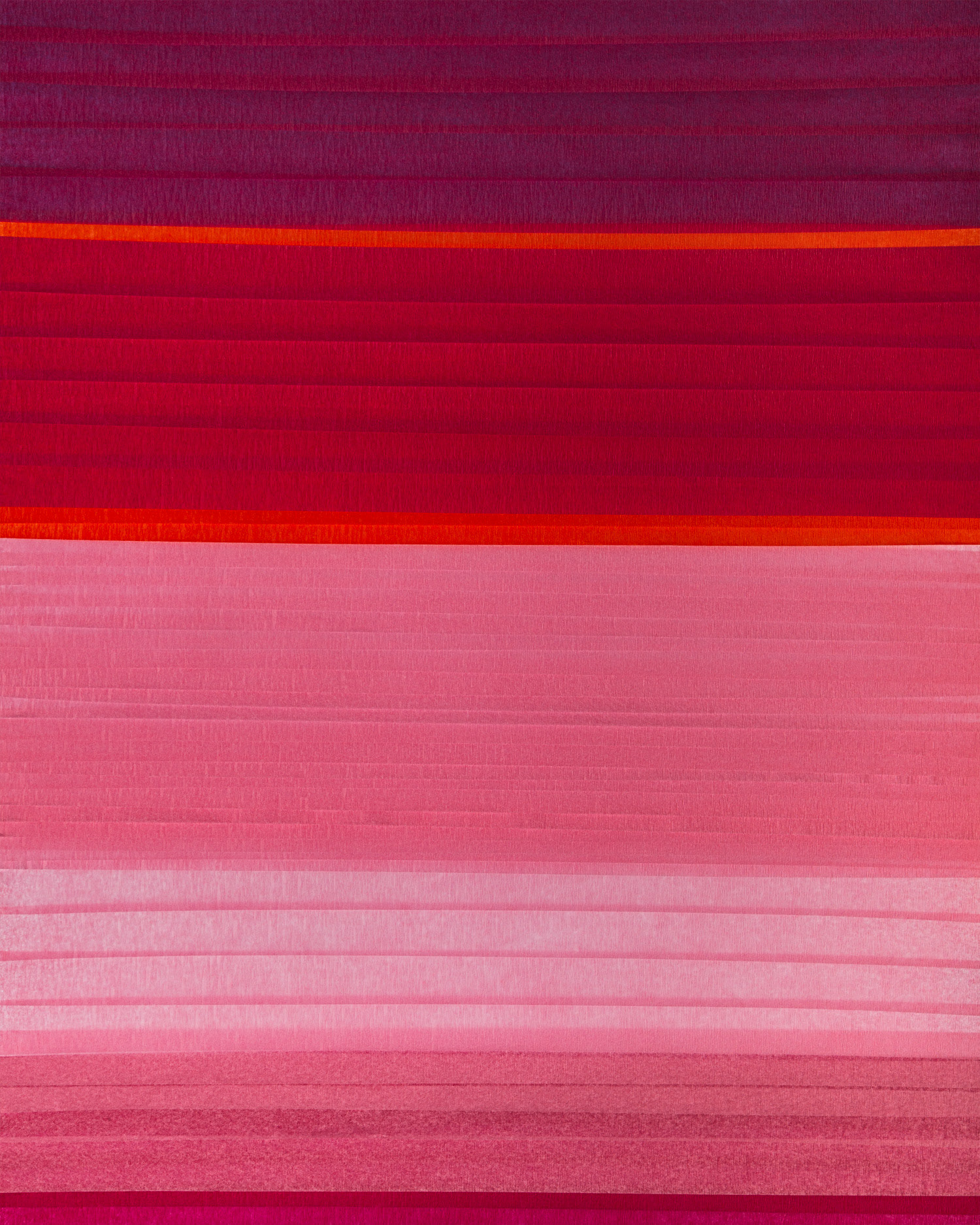
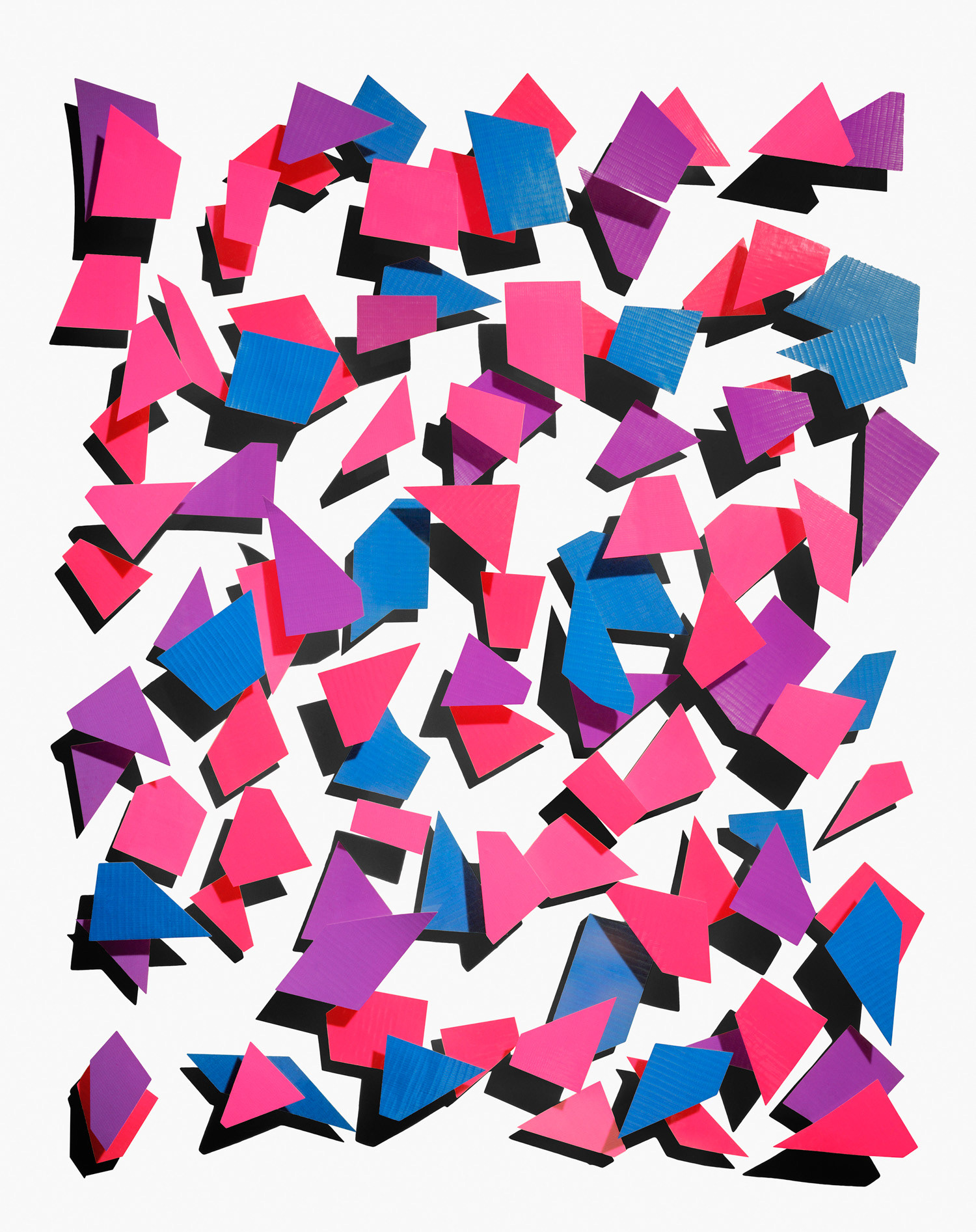
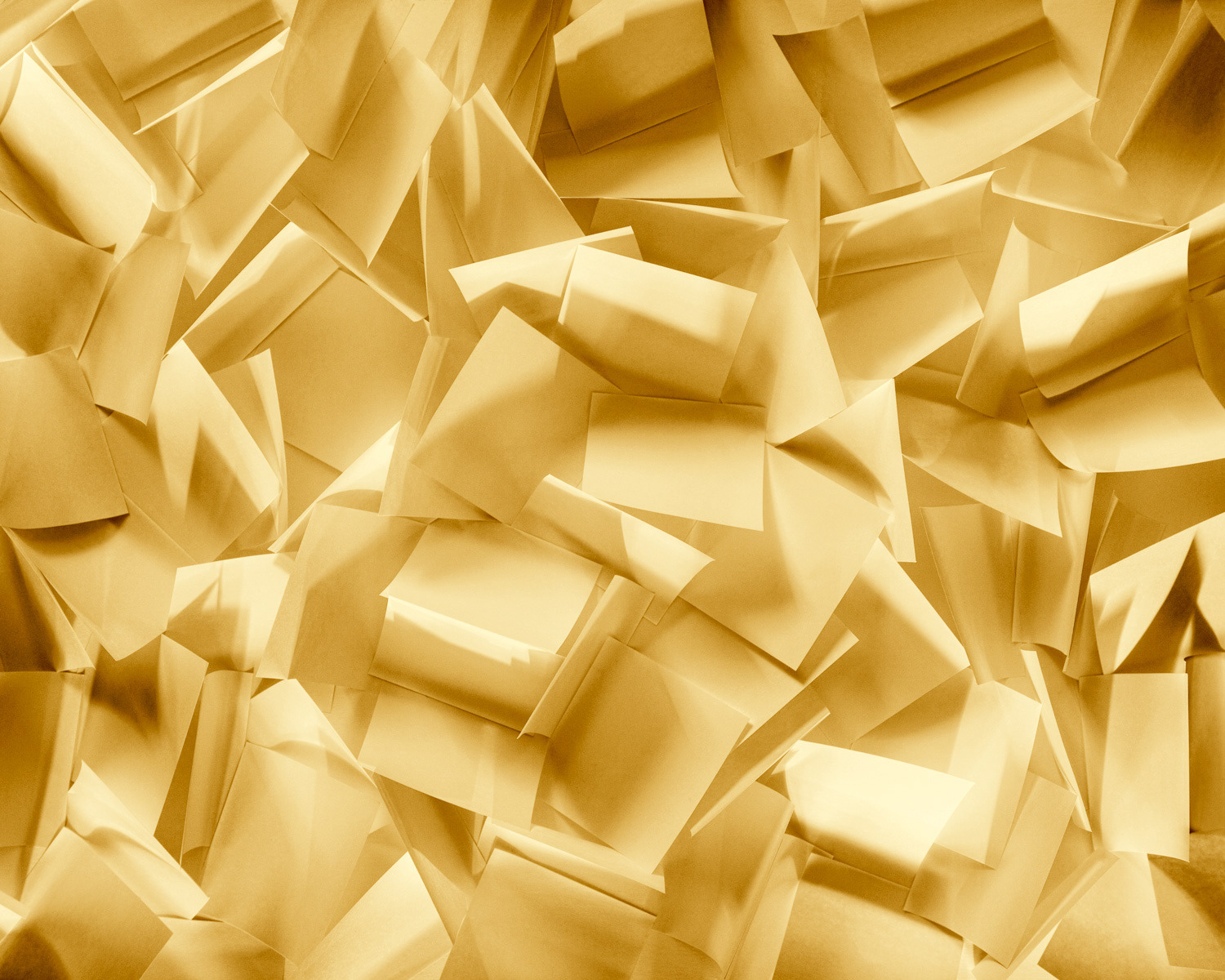
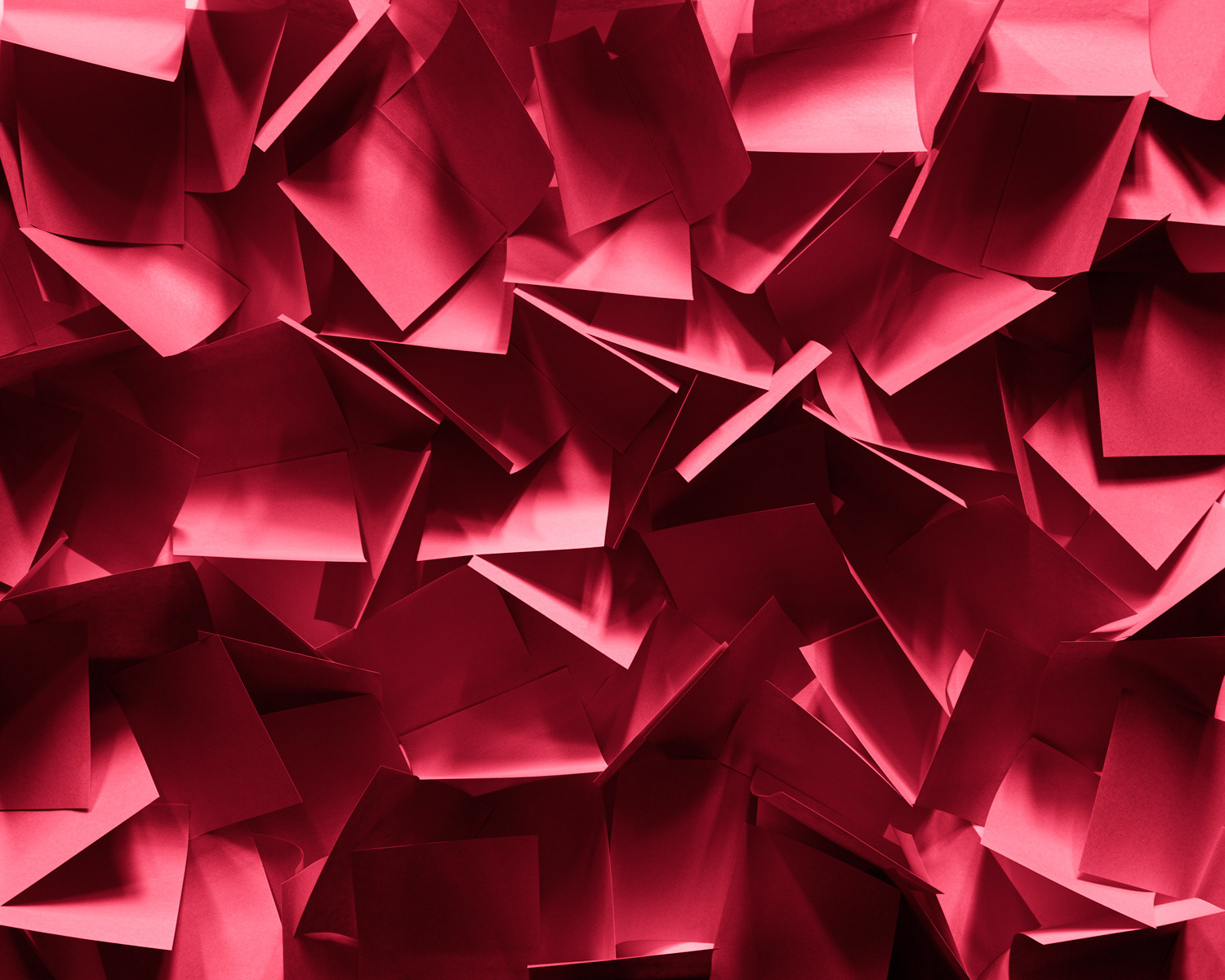
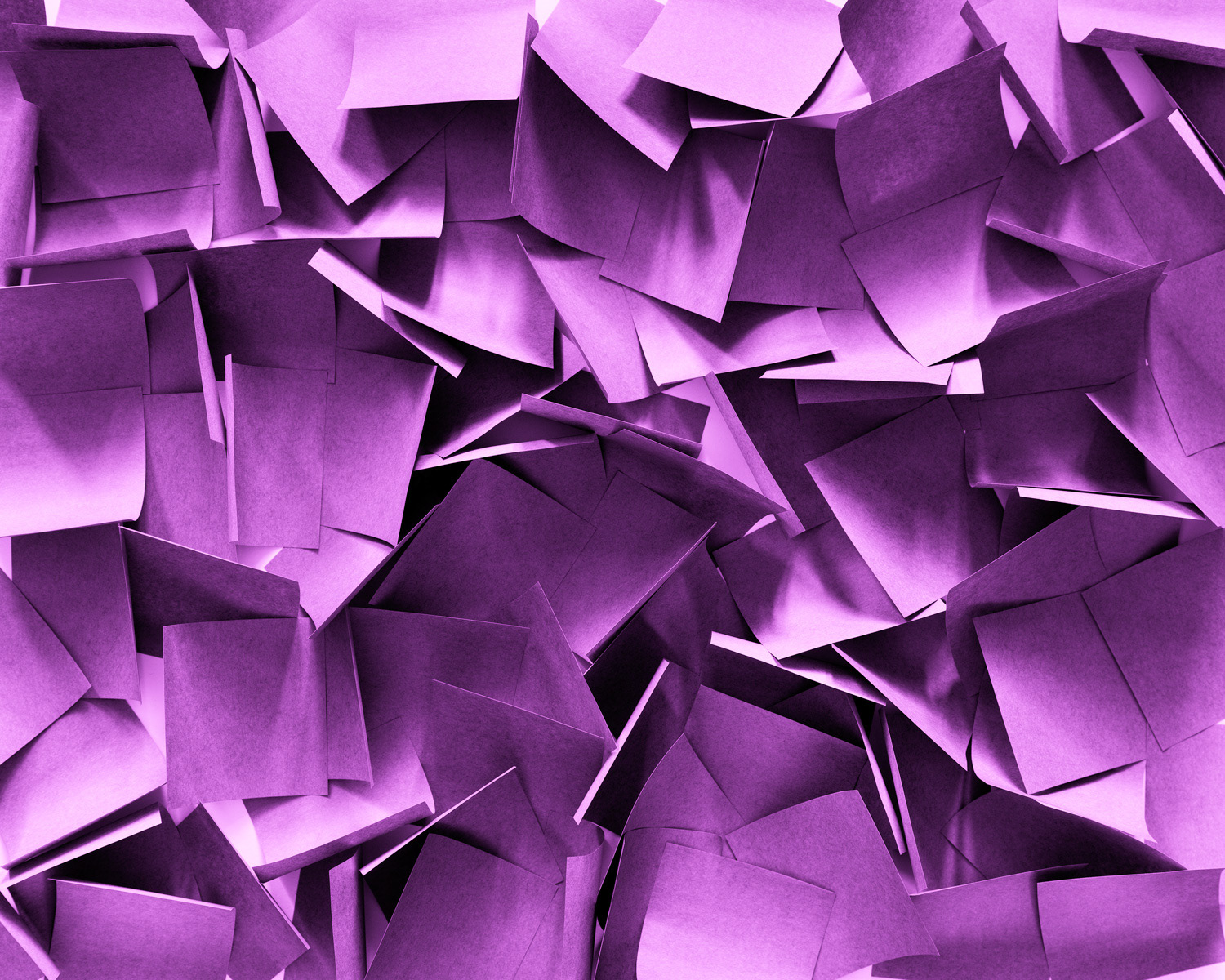
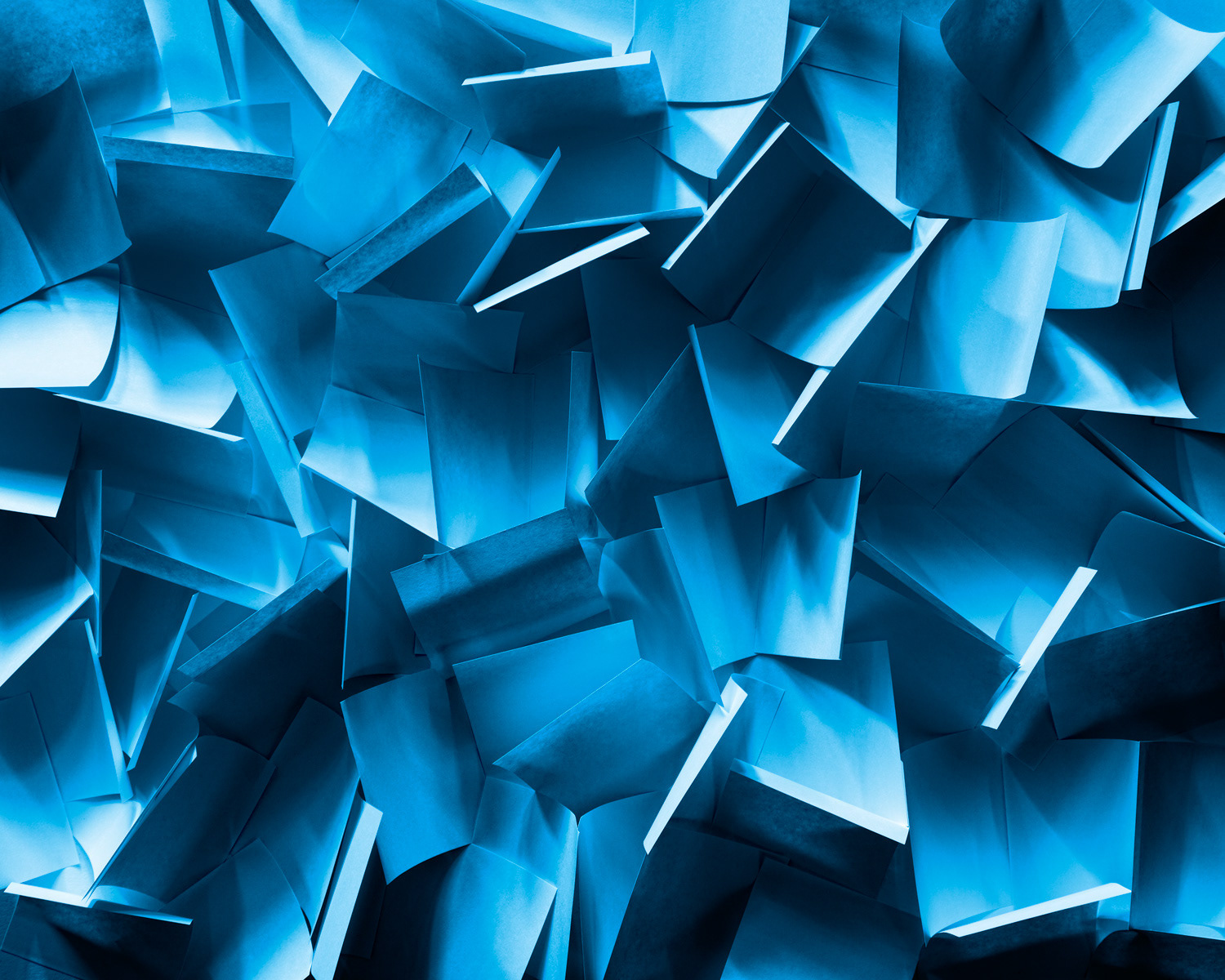
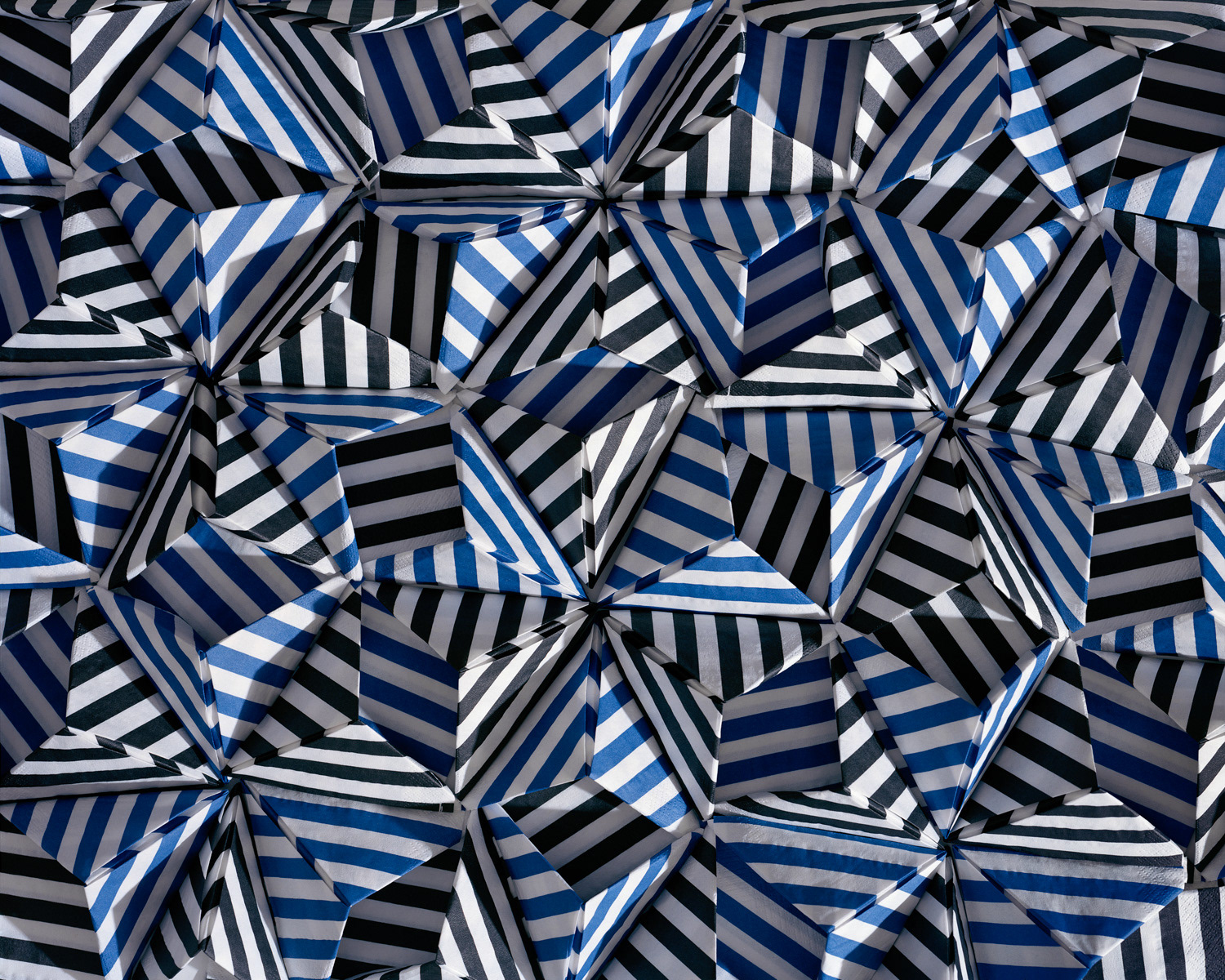
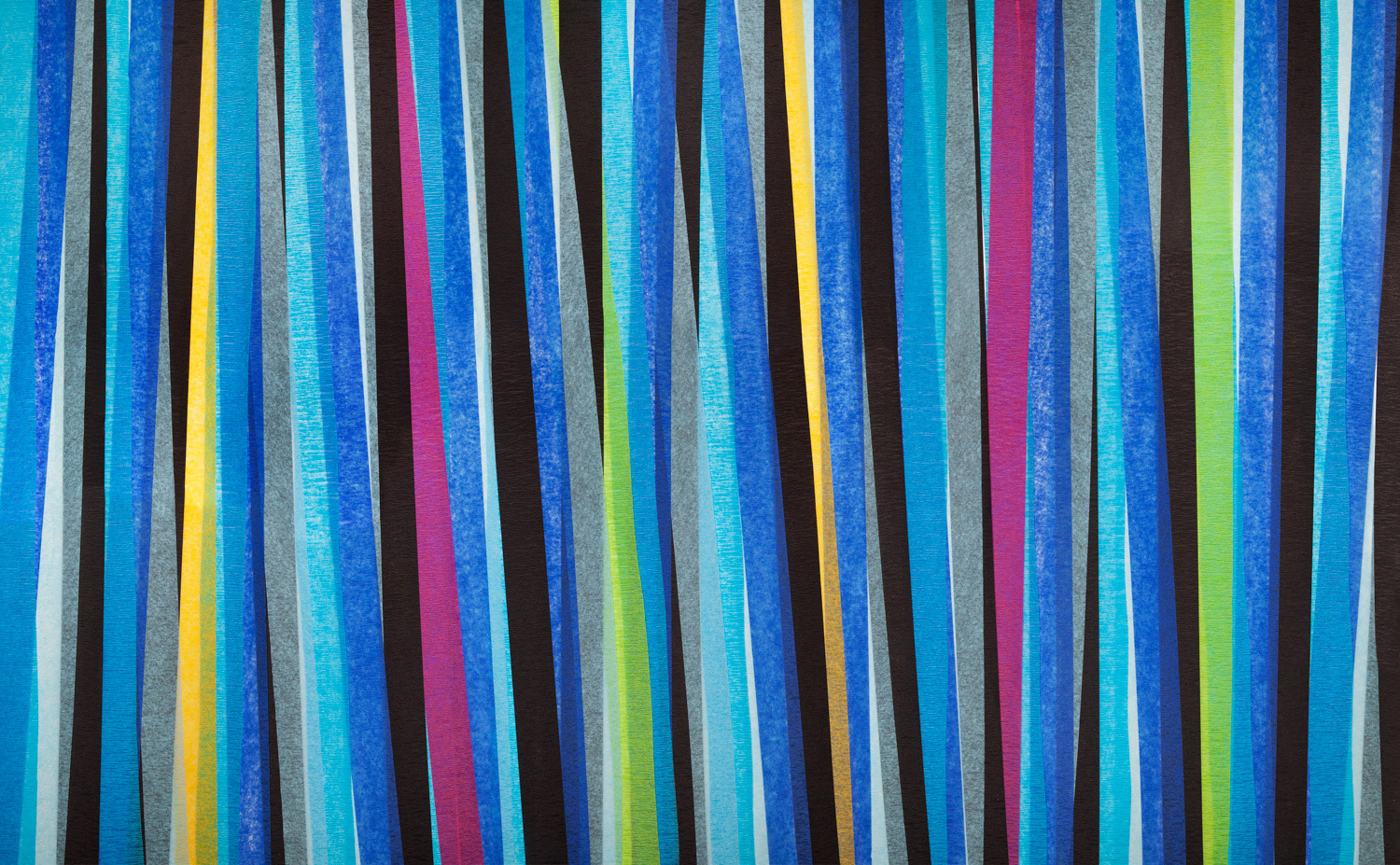
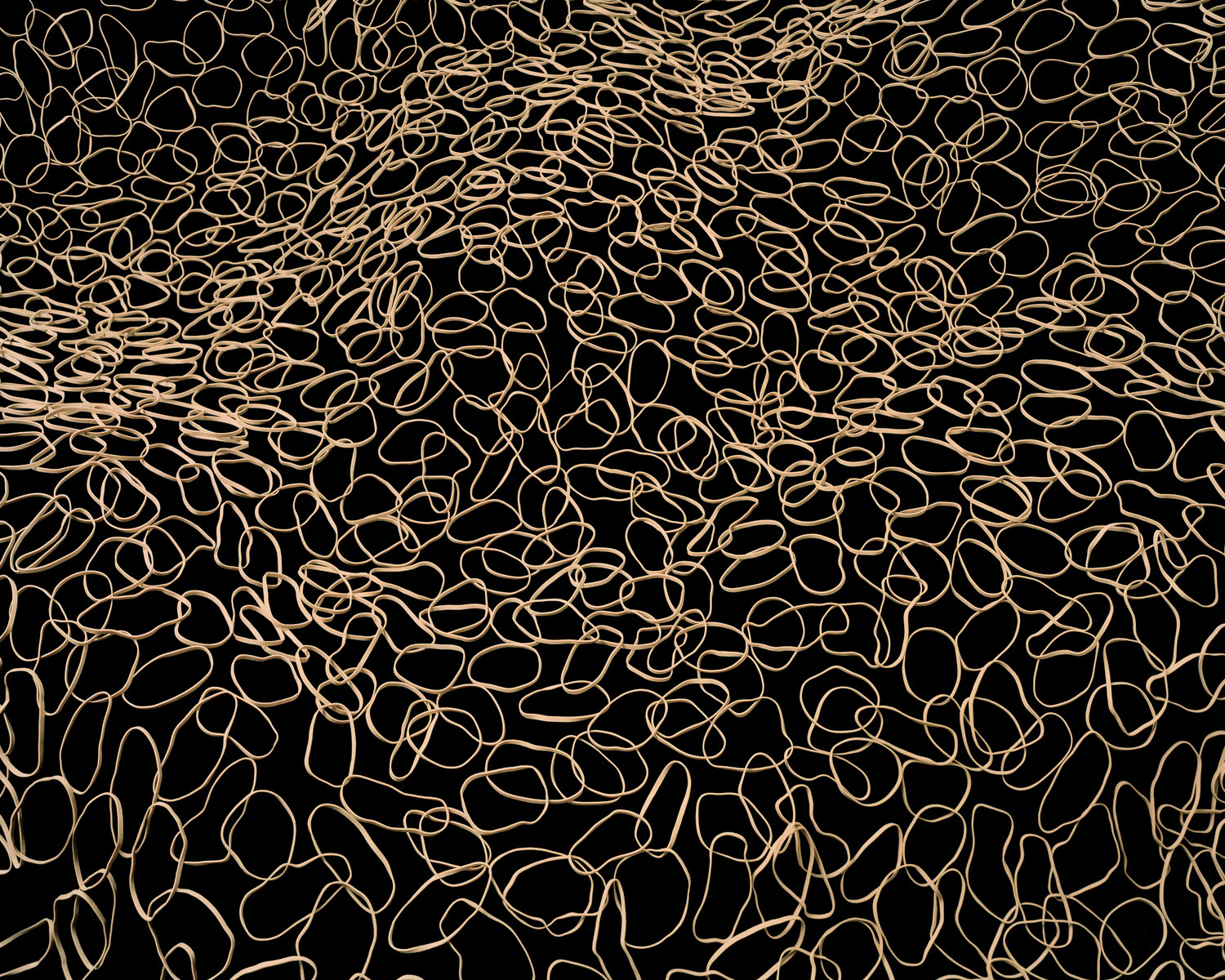
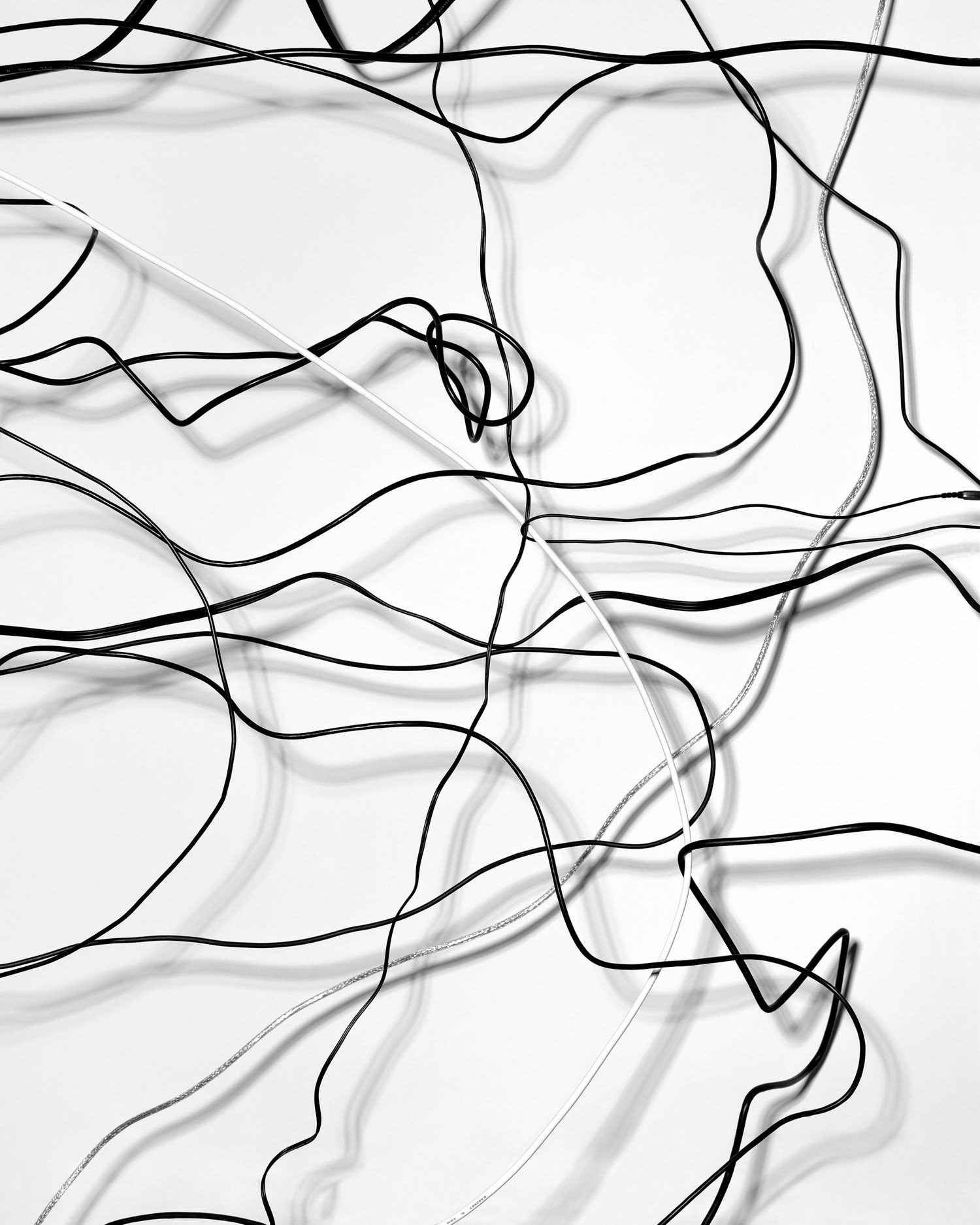
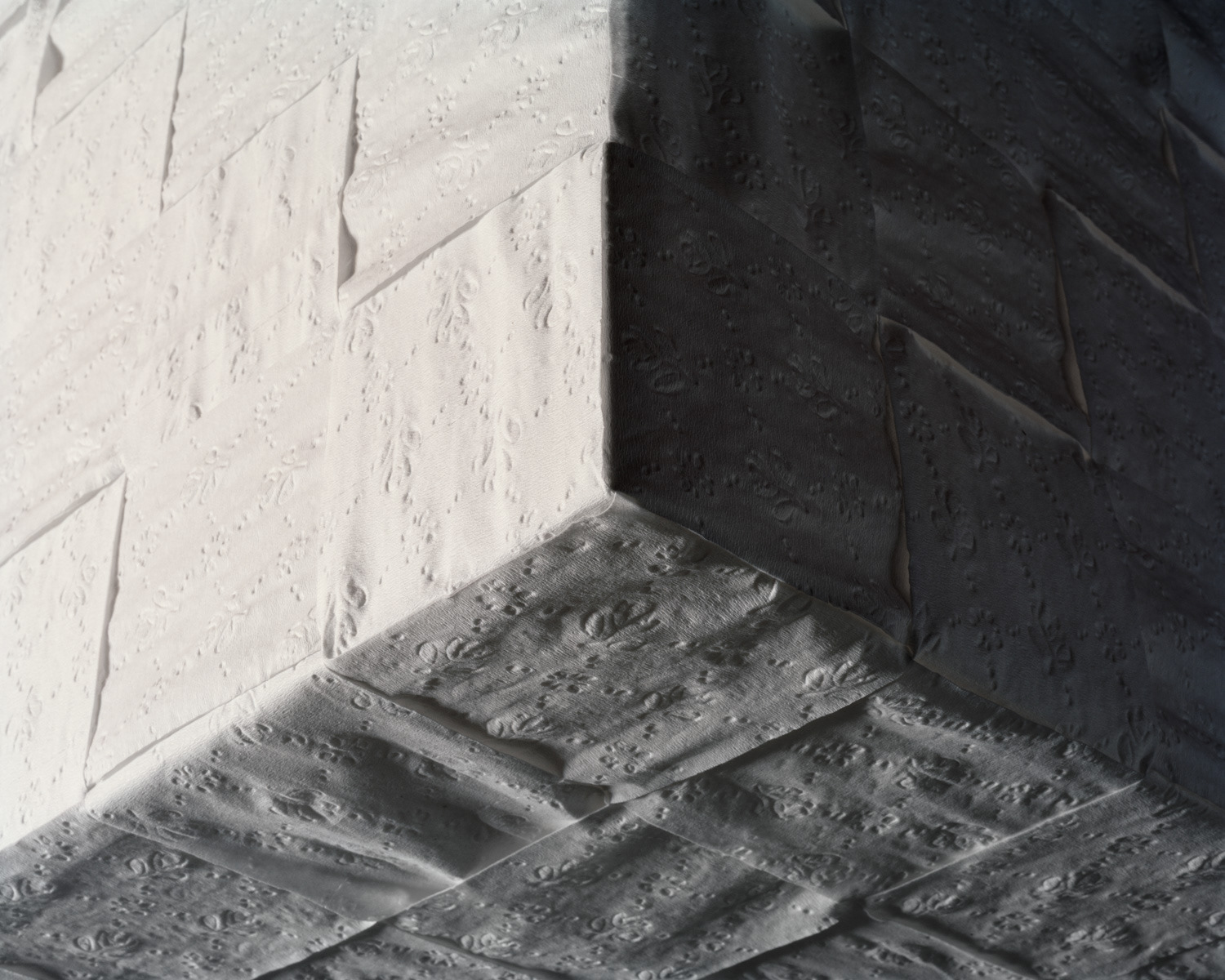
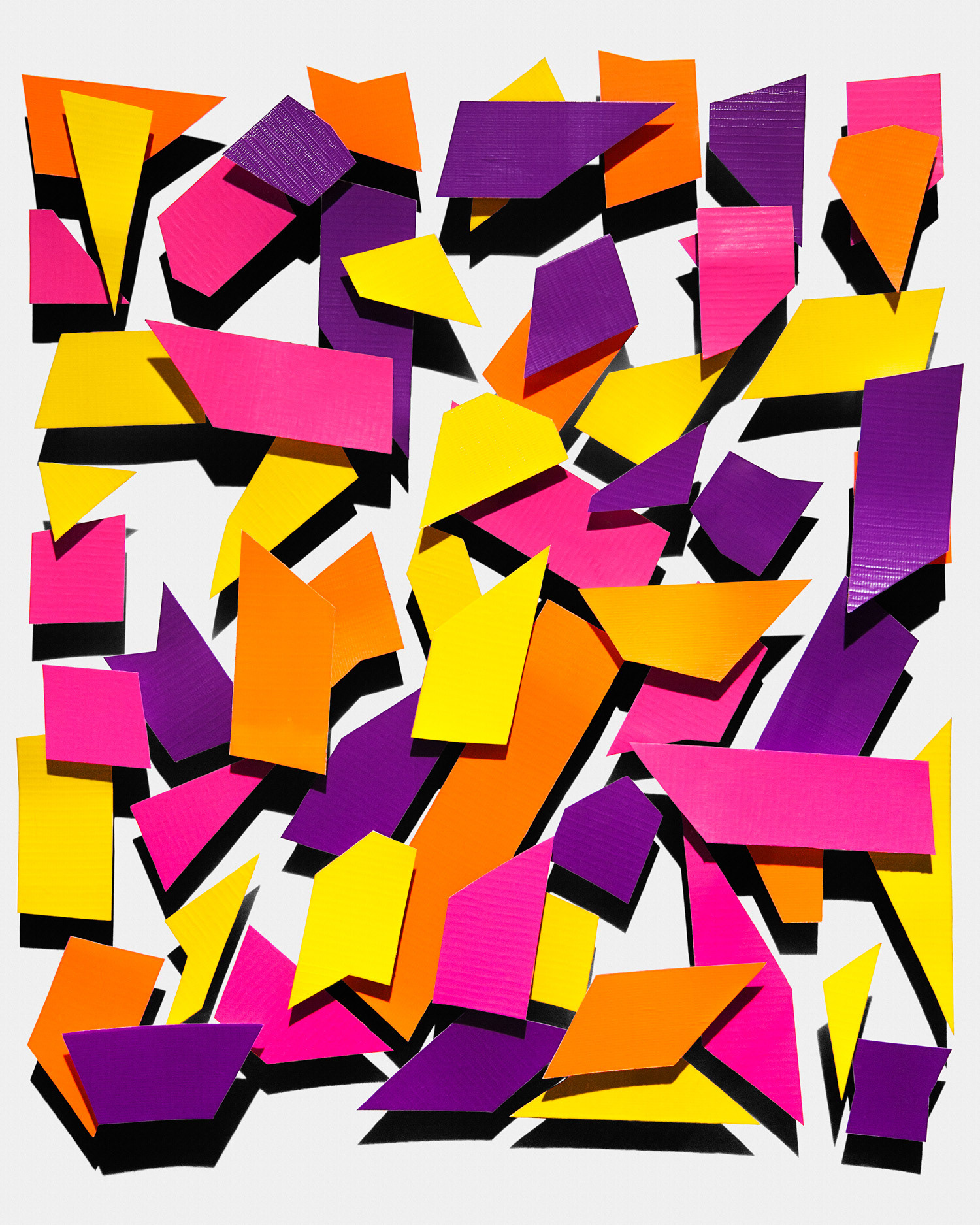
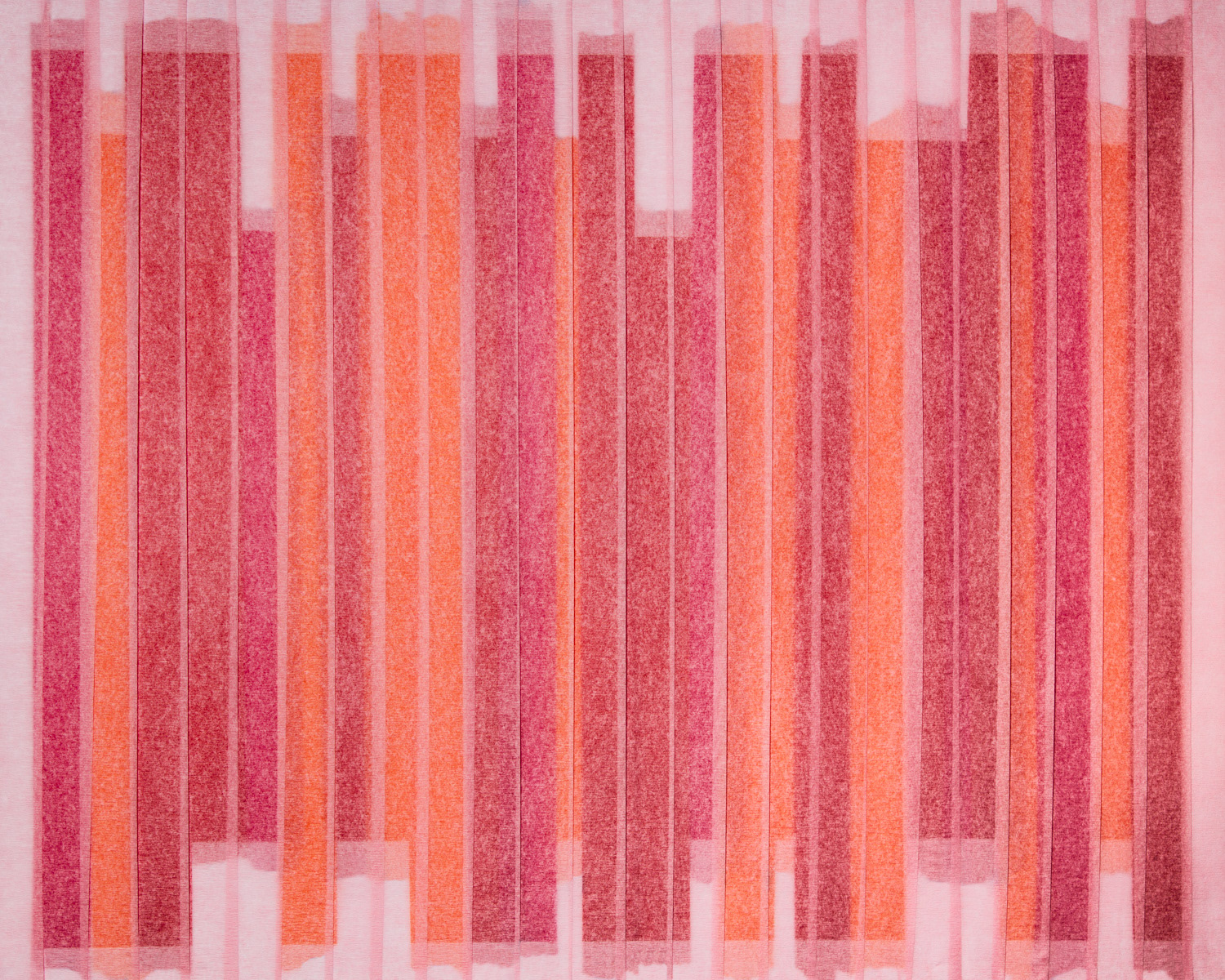
Rubber bands, plastic straws, paper napkins, and other various everyday household items are the basis of my artistic practice. In my work I strip utilitarian objects of their functions, repurposing them to create complicated, layered compositions. Items usually relegated to the background of our lives are foregrounded for the viewers’ visual examination.
While the images depict objects from the real world, they also use the language of abstraction common to painting and works on paper. Because of this, they can be viewed both as abstract paintings to be taken in as a whole, but also as indexical photographs, the minute details meant to be scrutinized. They can be seen as brush strokes from the artist’s hand, or as faithful renderings of what was in front of the lens at the moment the shutter was opened. The images exist in between these two forms and can fluctuate from one to the other.
While photography cannot be a purely abstract medium (as in, completely devoid of representation), I am curious to what extent the form of tangible objects can be used to imply abstraction. To this end, I seek out objects without branding or overly complicated shapes, and often things that can be manipulated by my hand, much in the way a painter manipulates paint to create a brush stroke.
My process blends techniques similar to those of painting as well, sometimes altering and emphasizing elements of the image with the use of Photoshop. Though the image always starts with a camera, it is further abstracted to varying degrees in the computer. The act of creating the compositions in the physical world allows the images to feel familiar. The slight variations from object to object suggest the imperfection of the real world as well as that of the artist’s hand.
